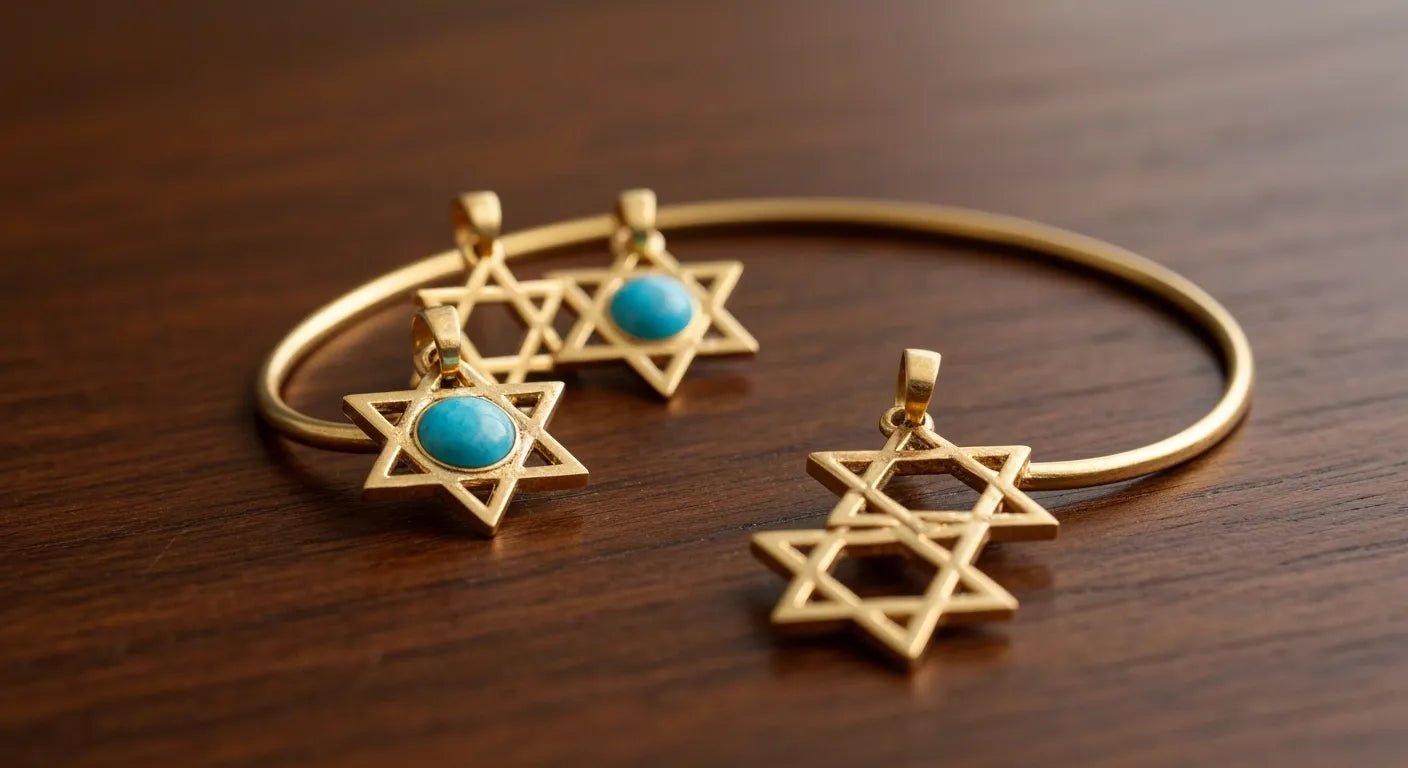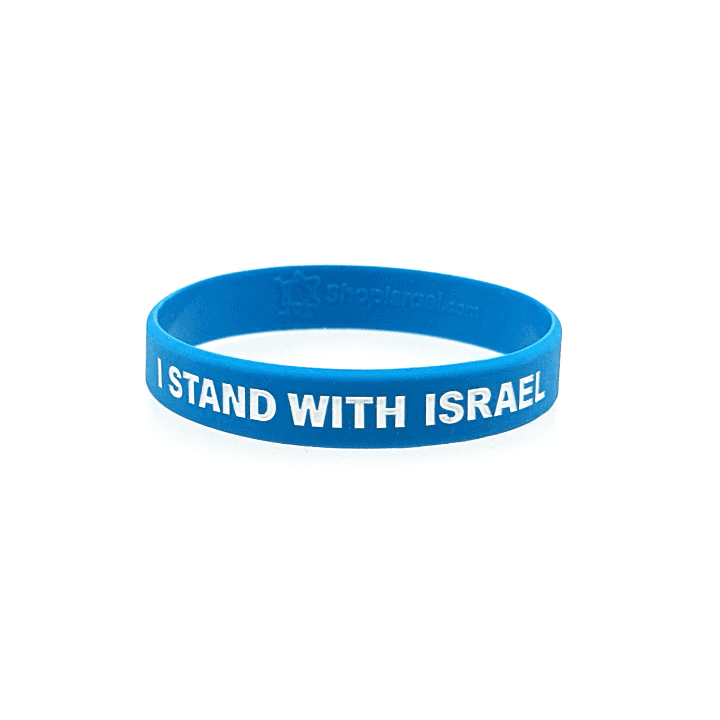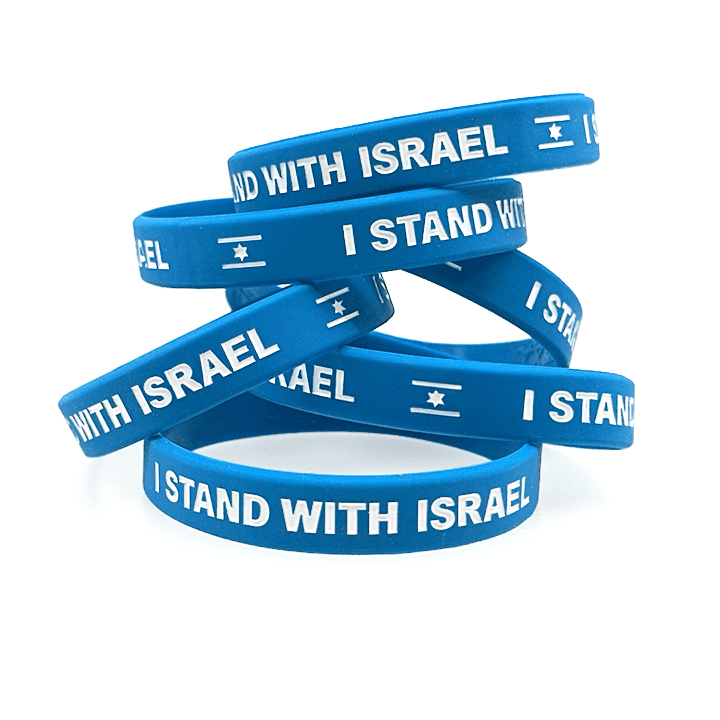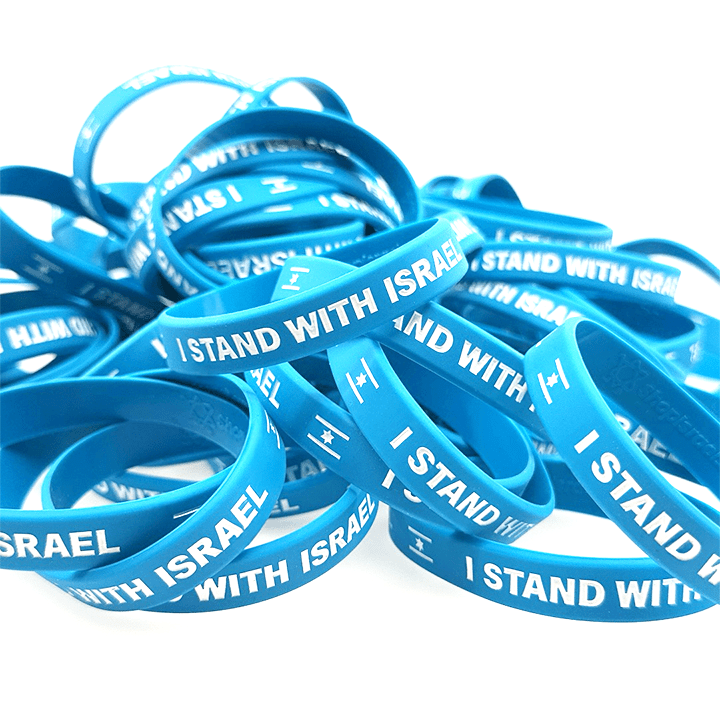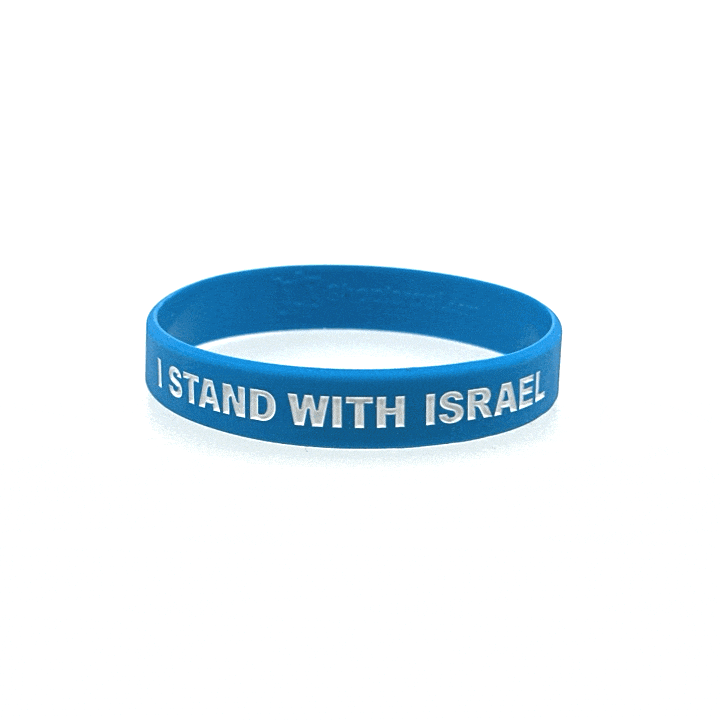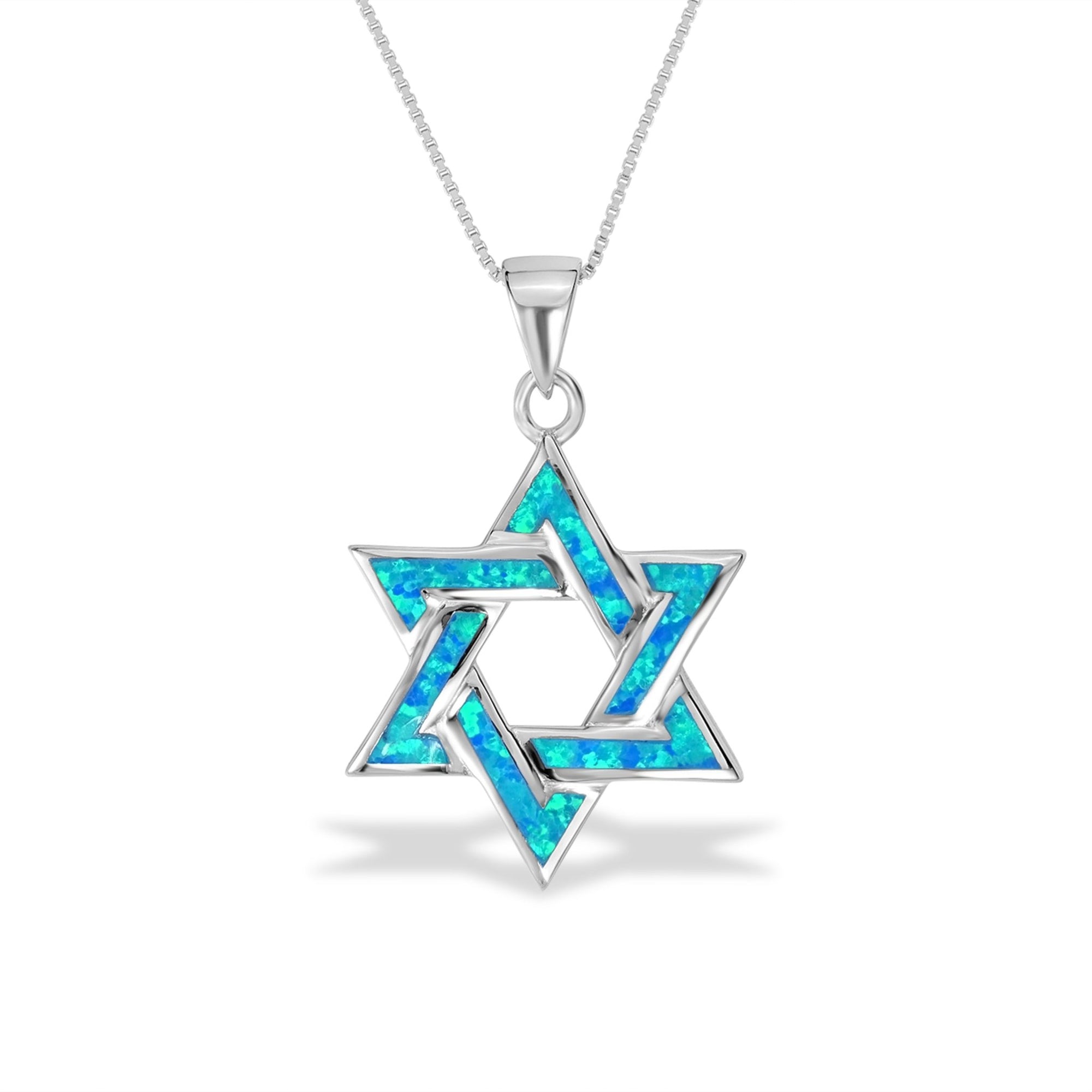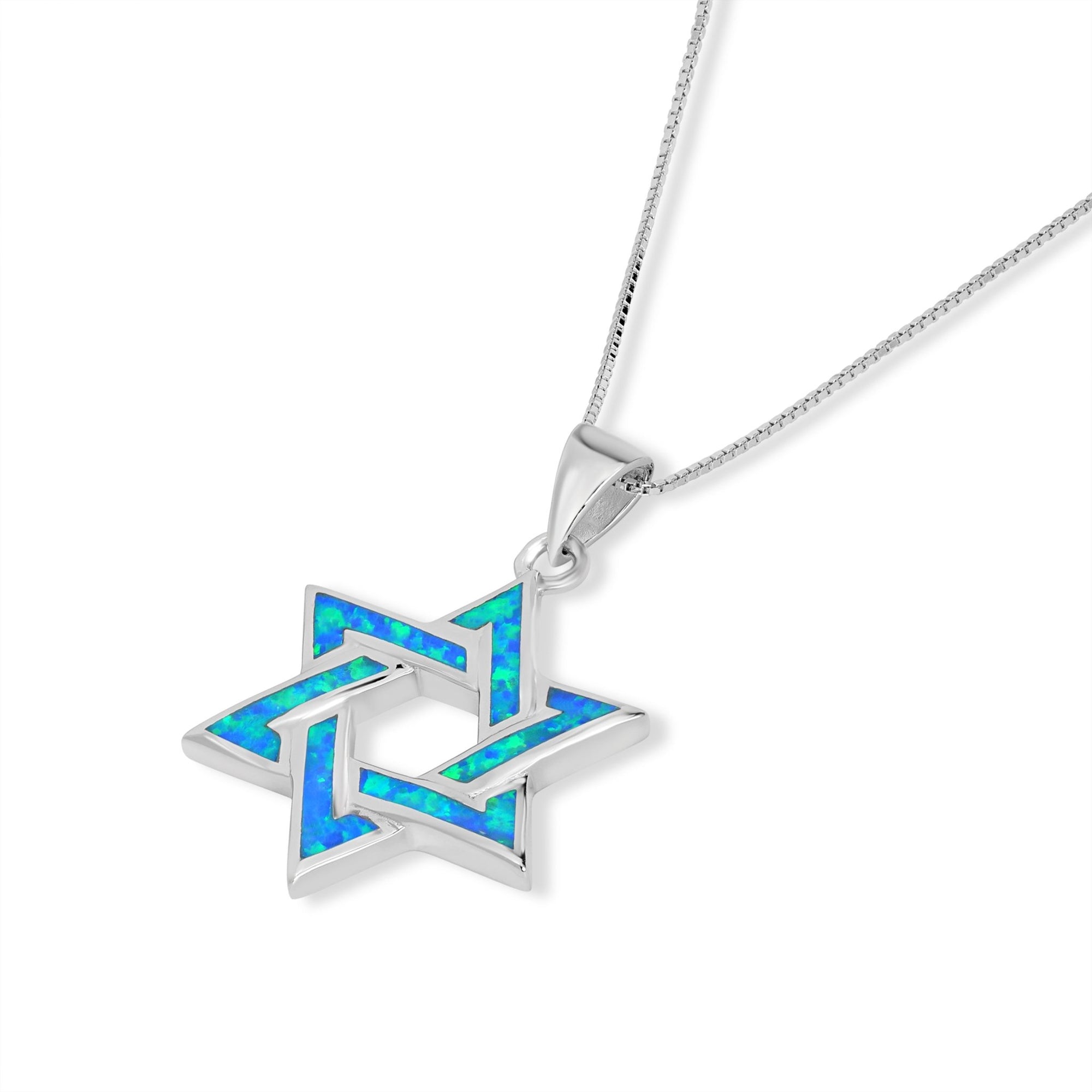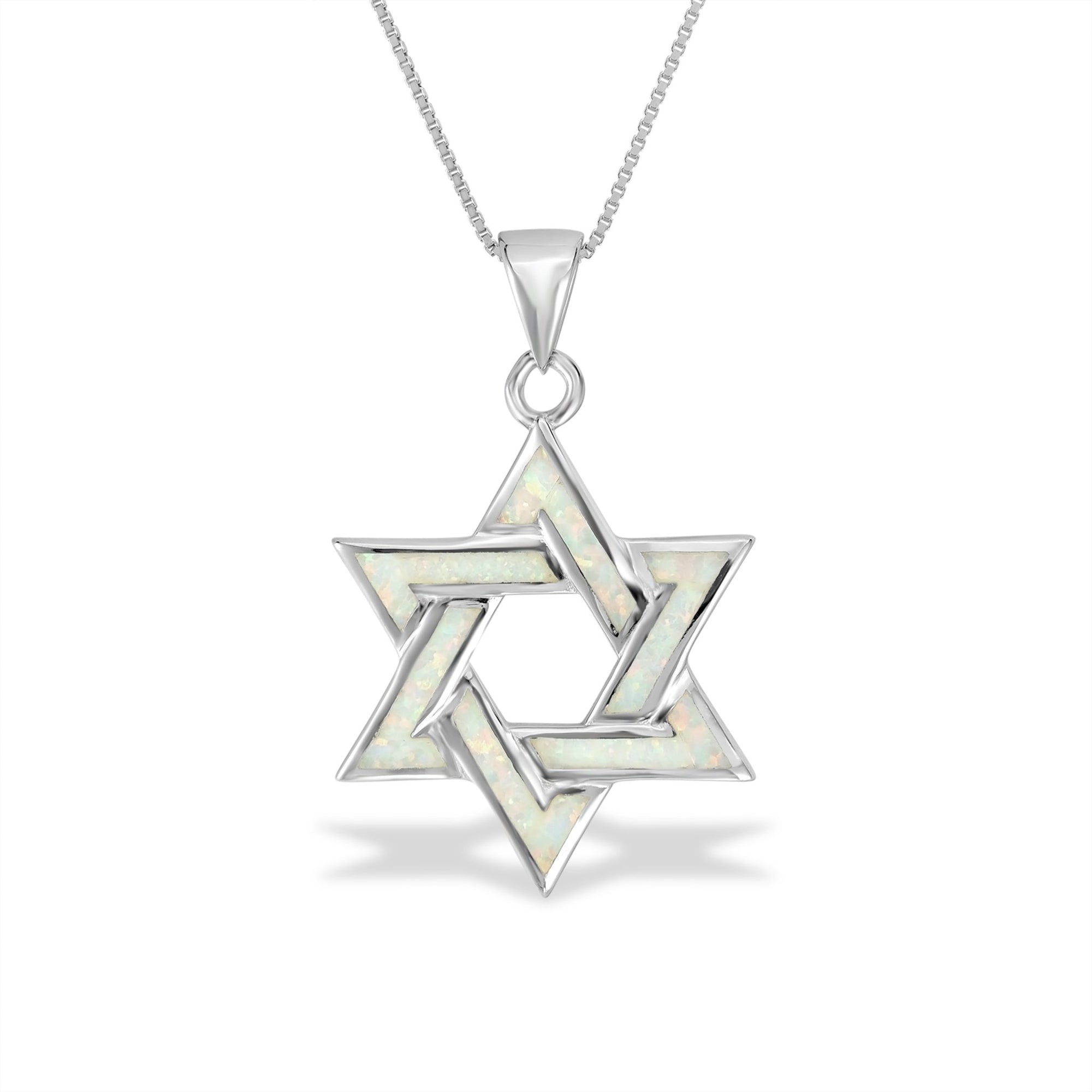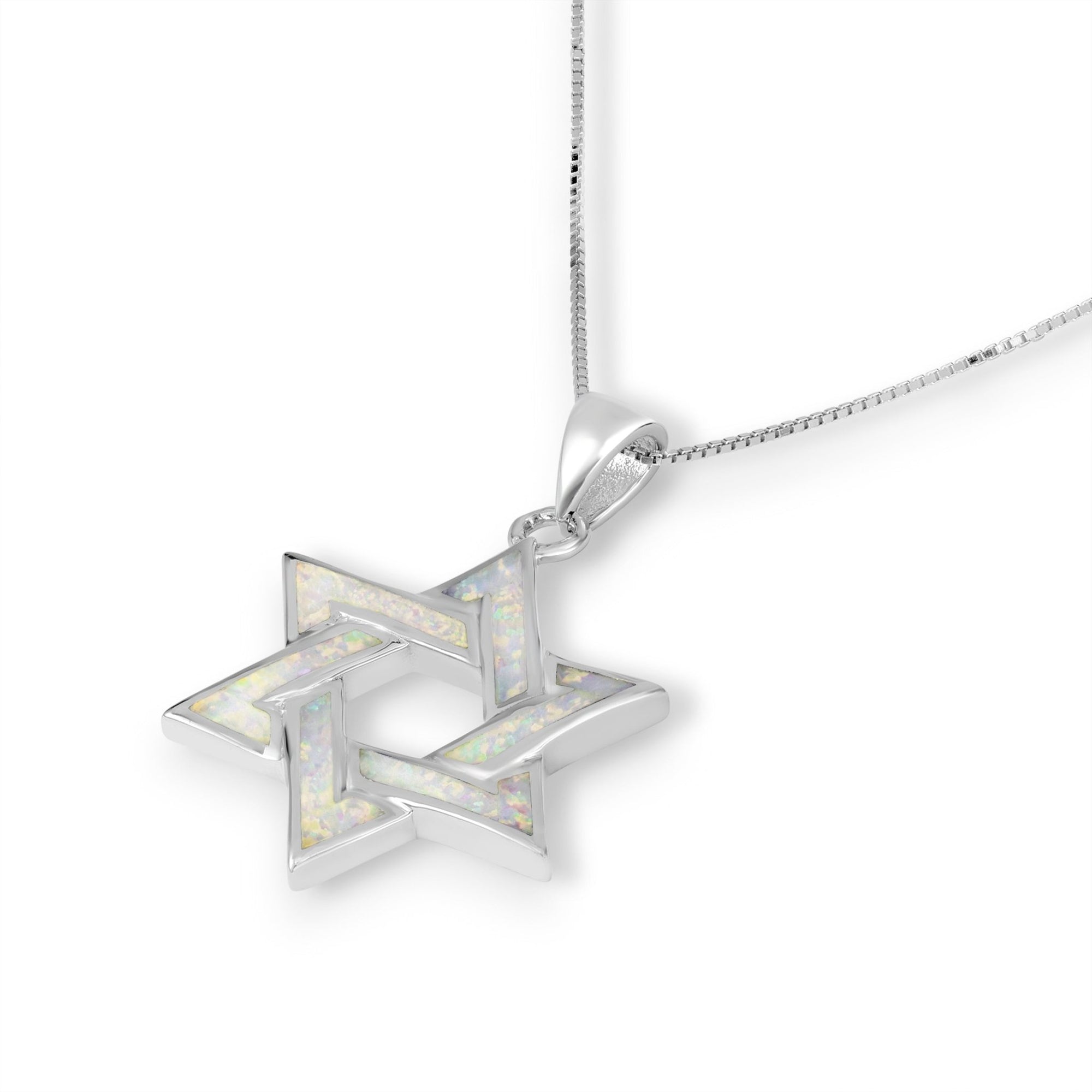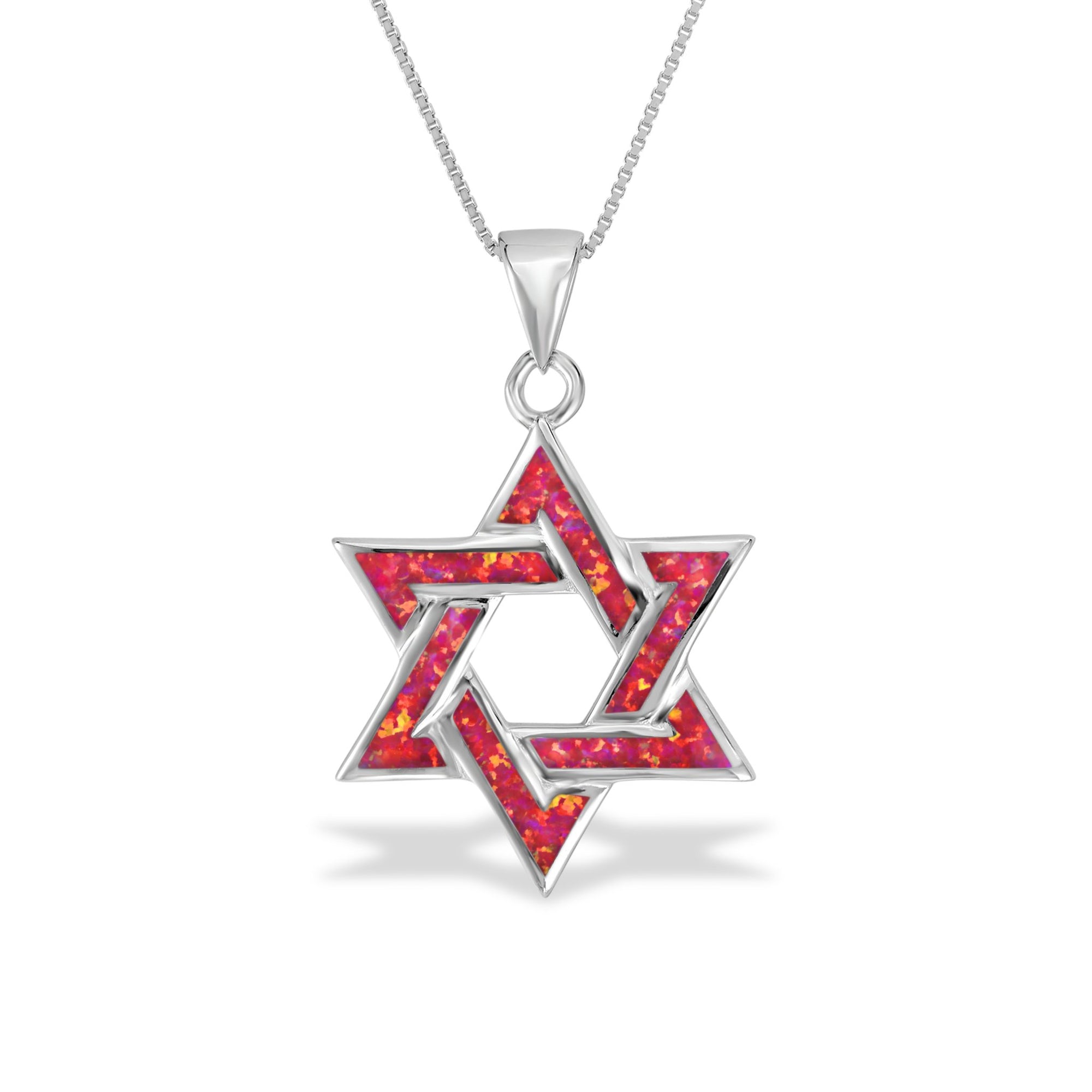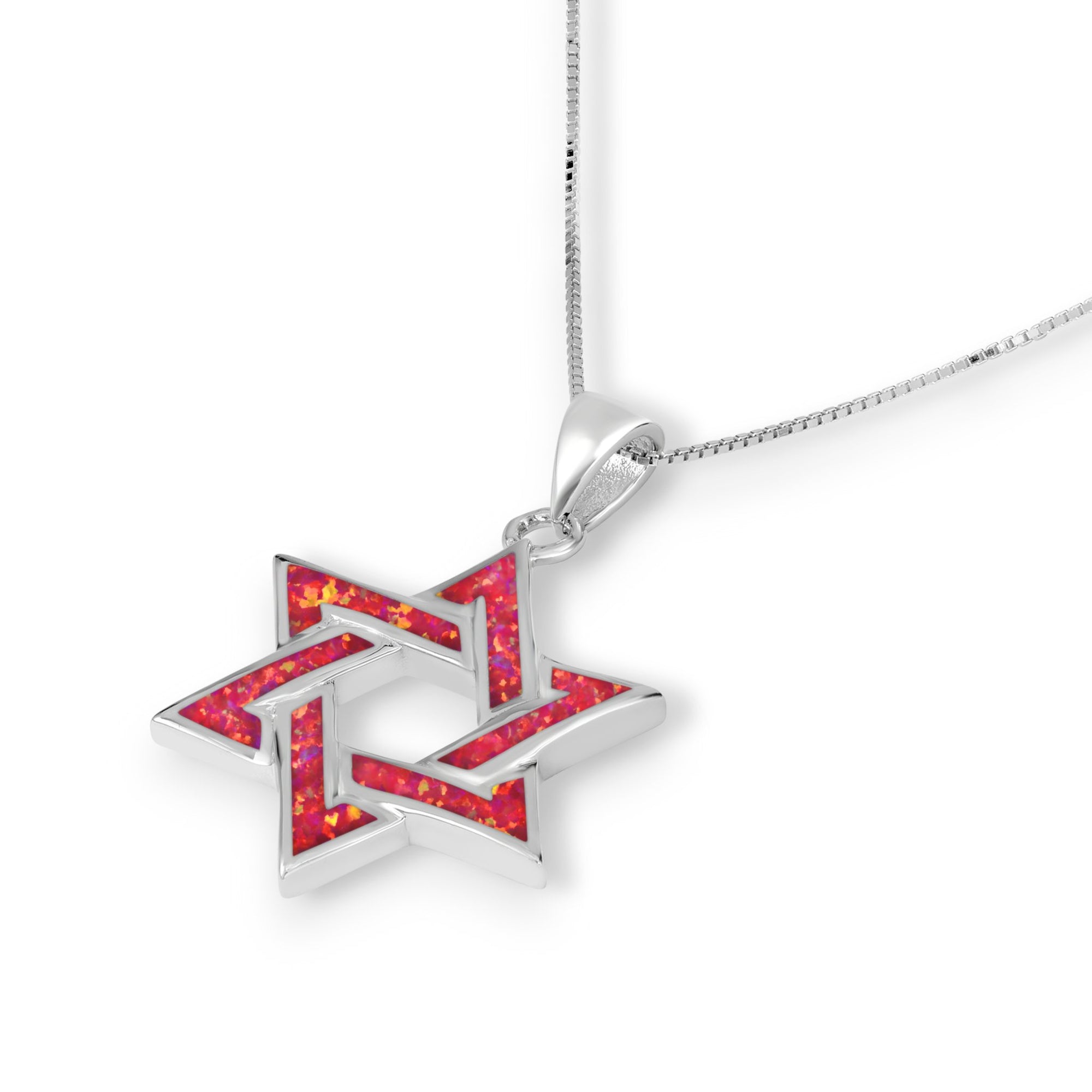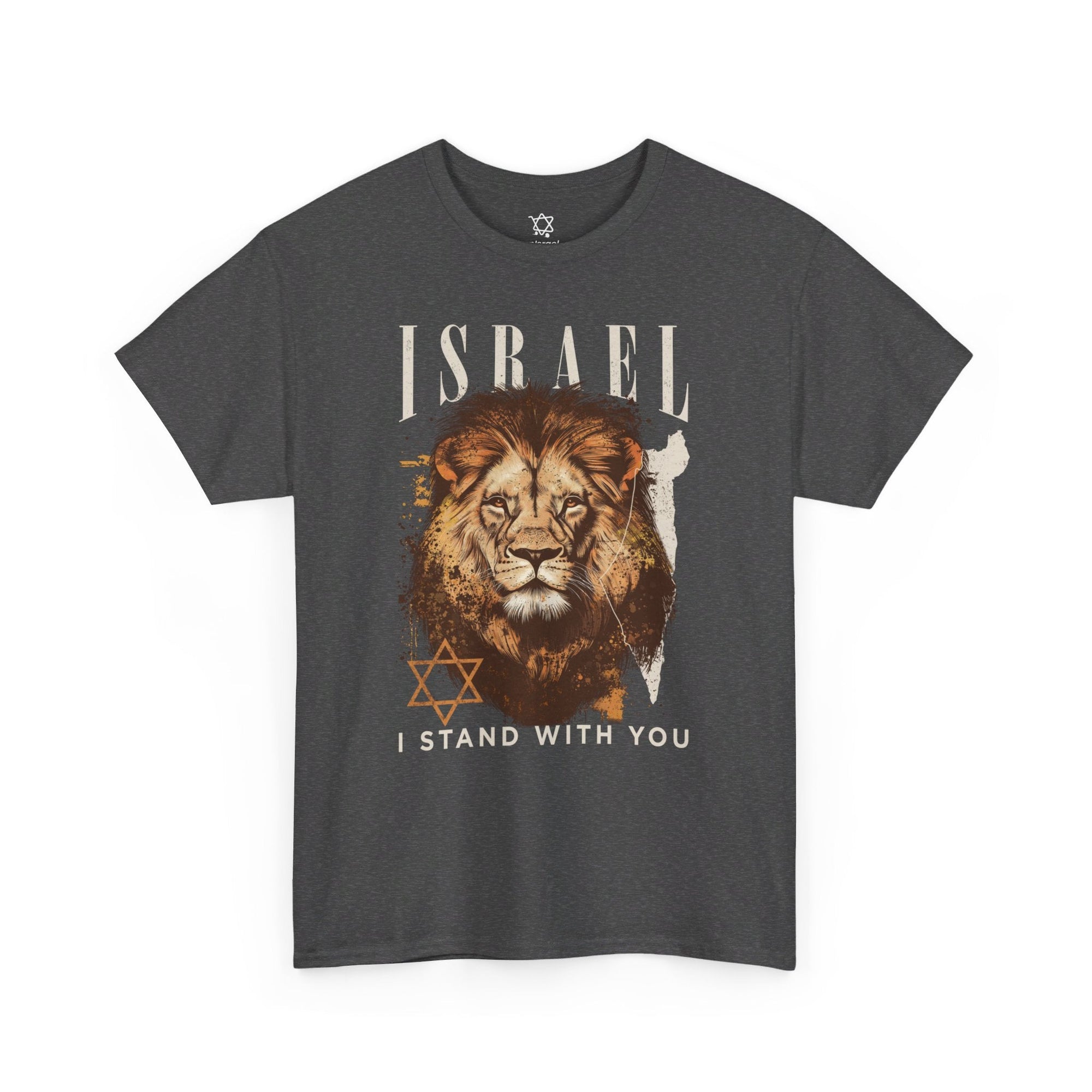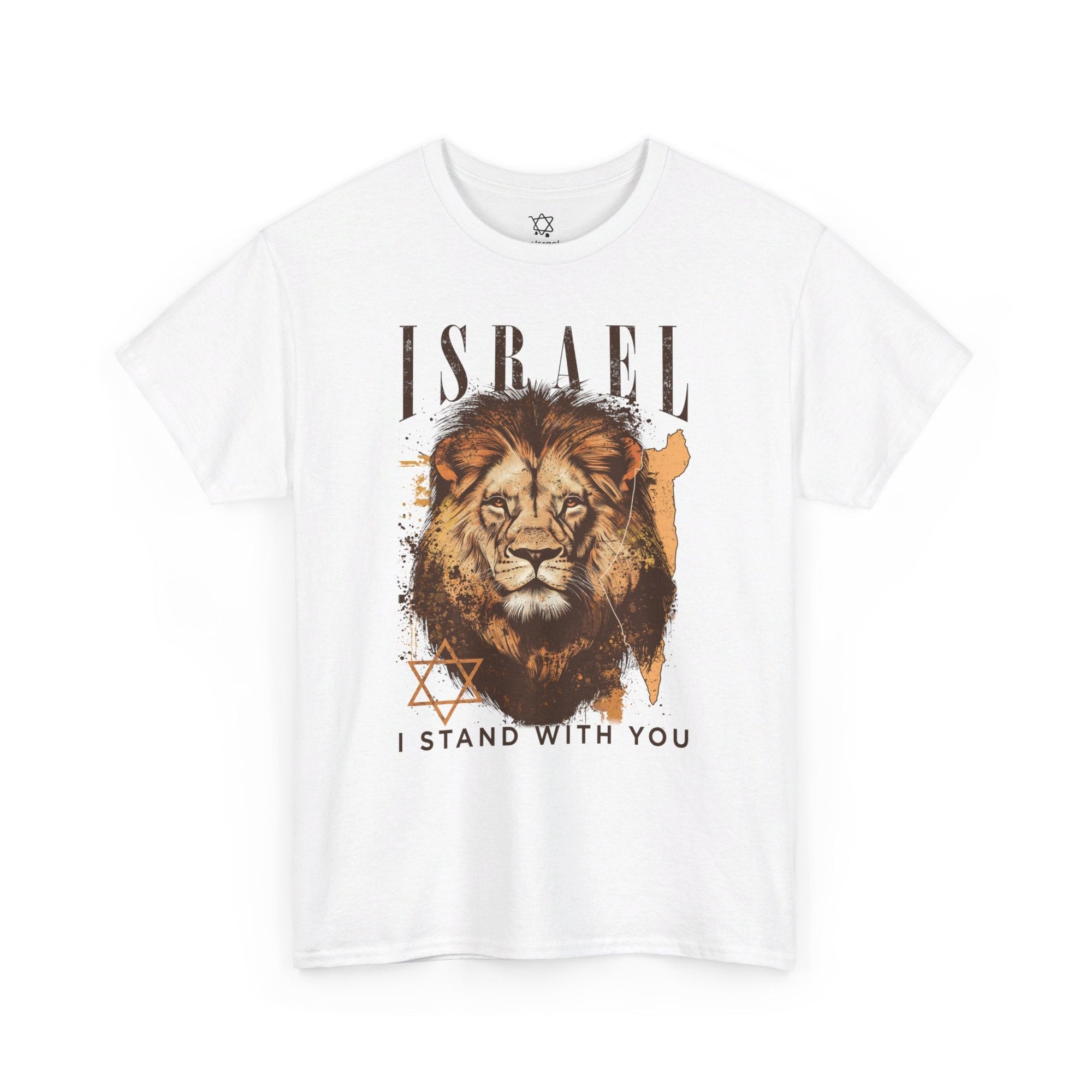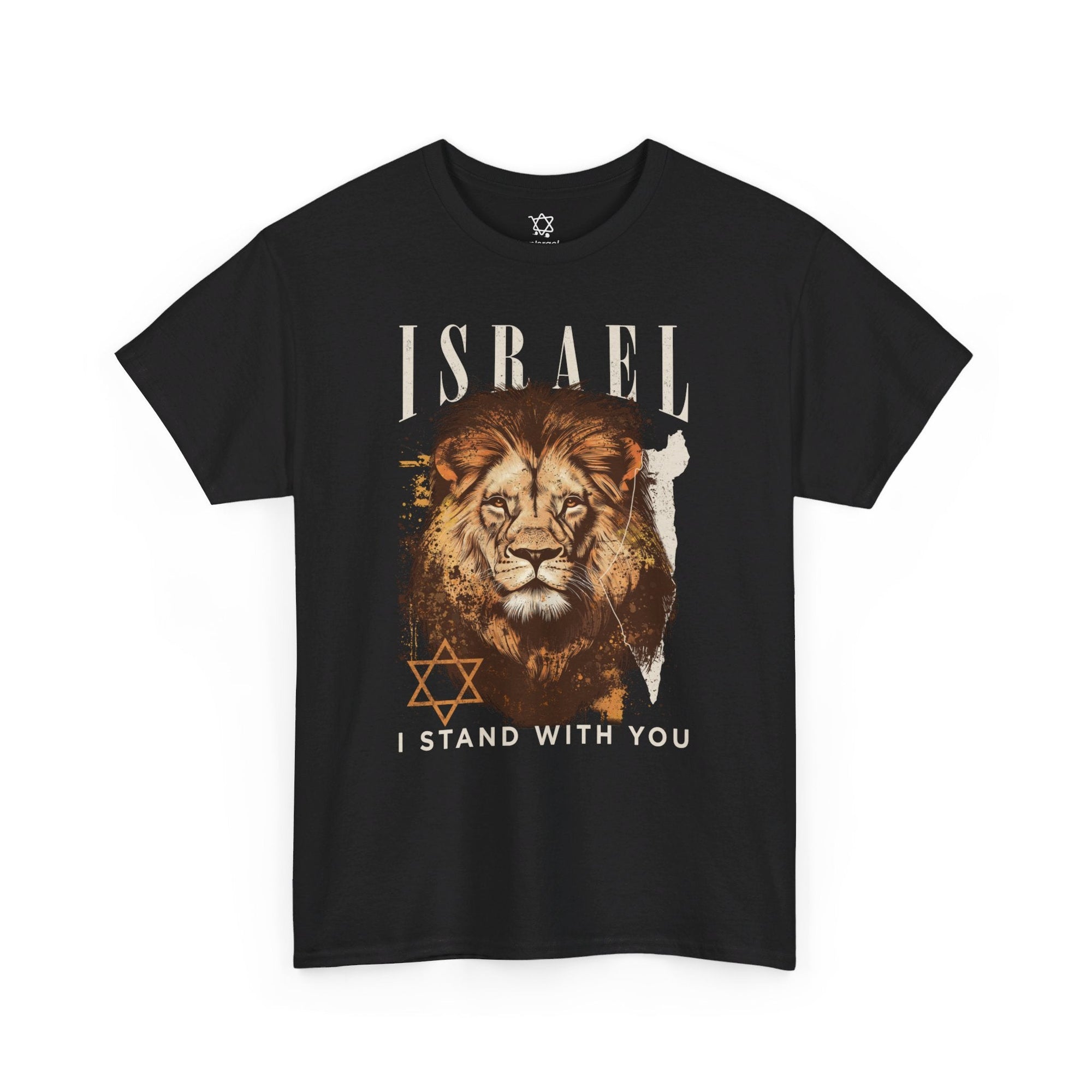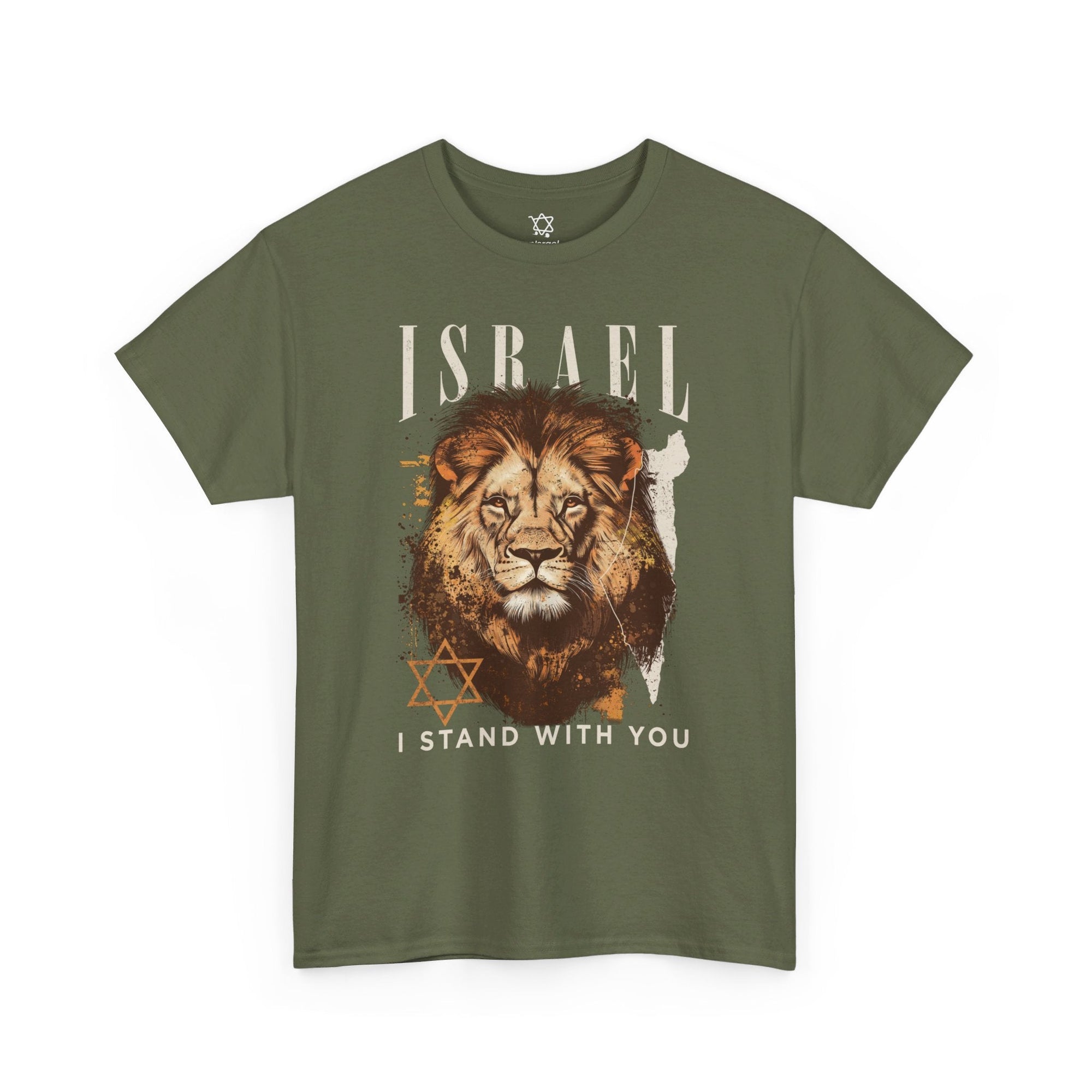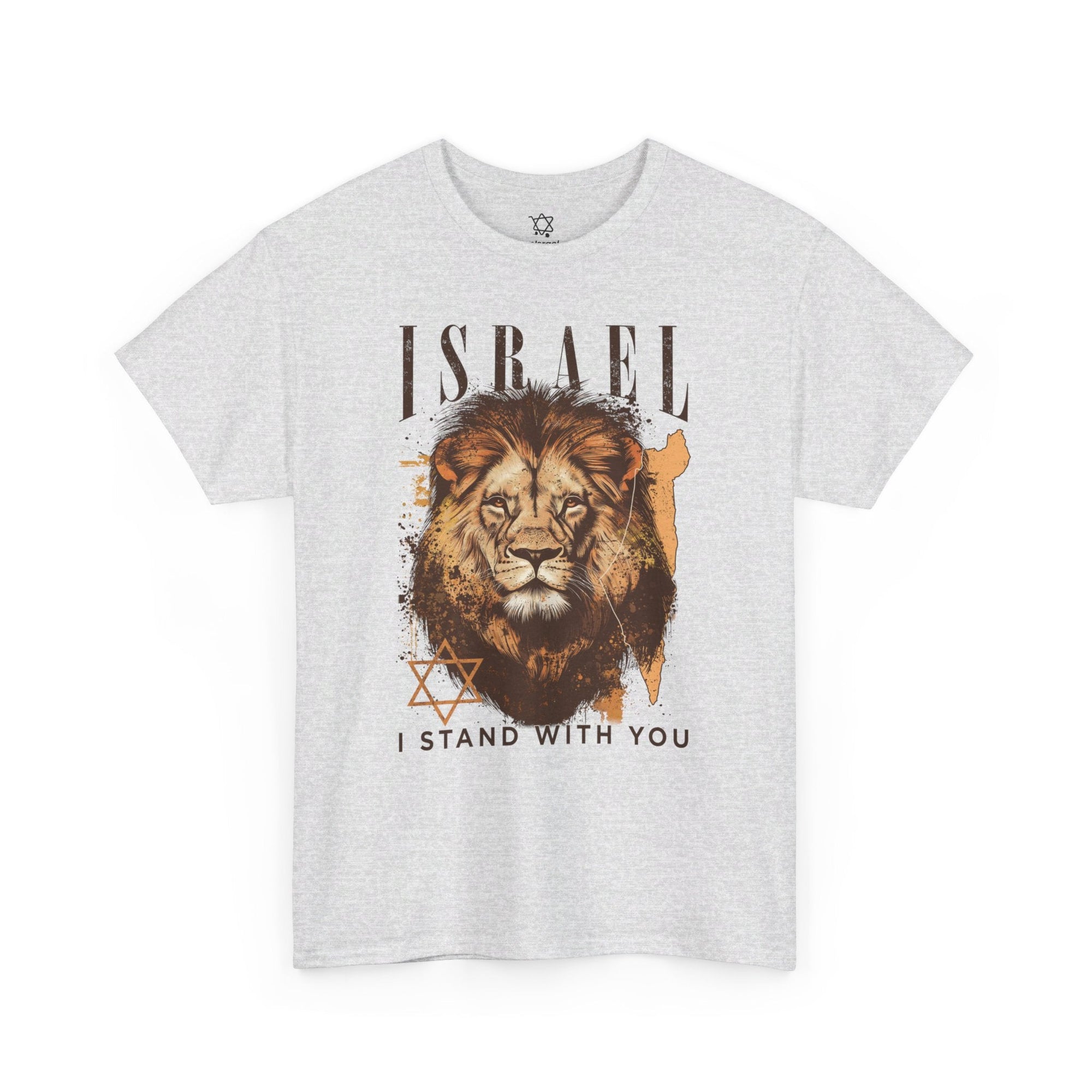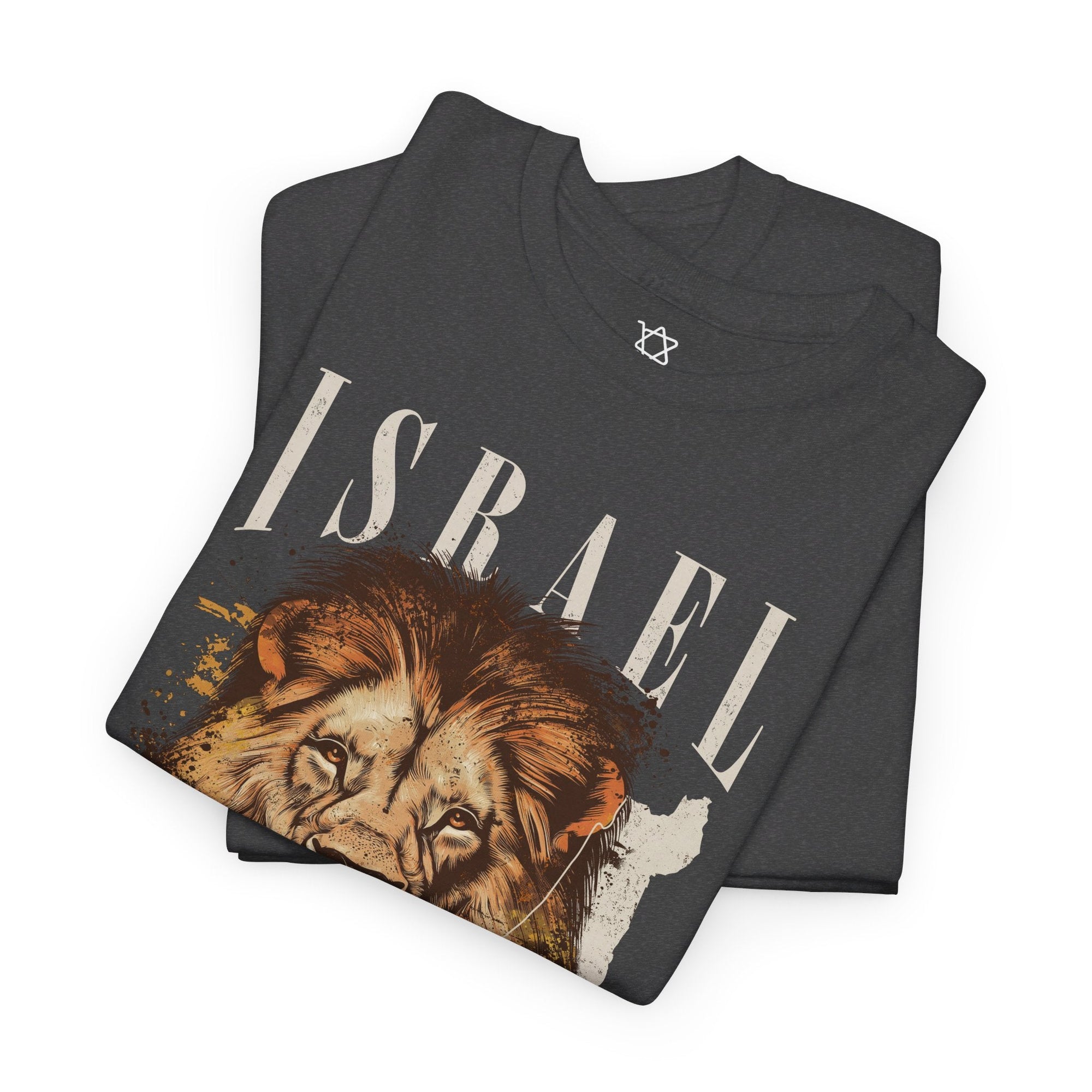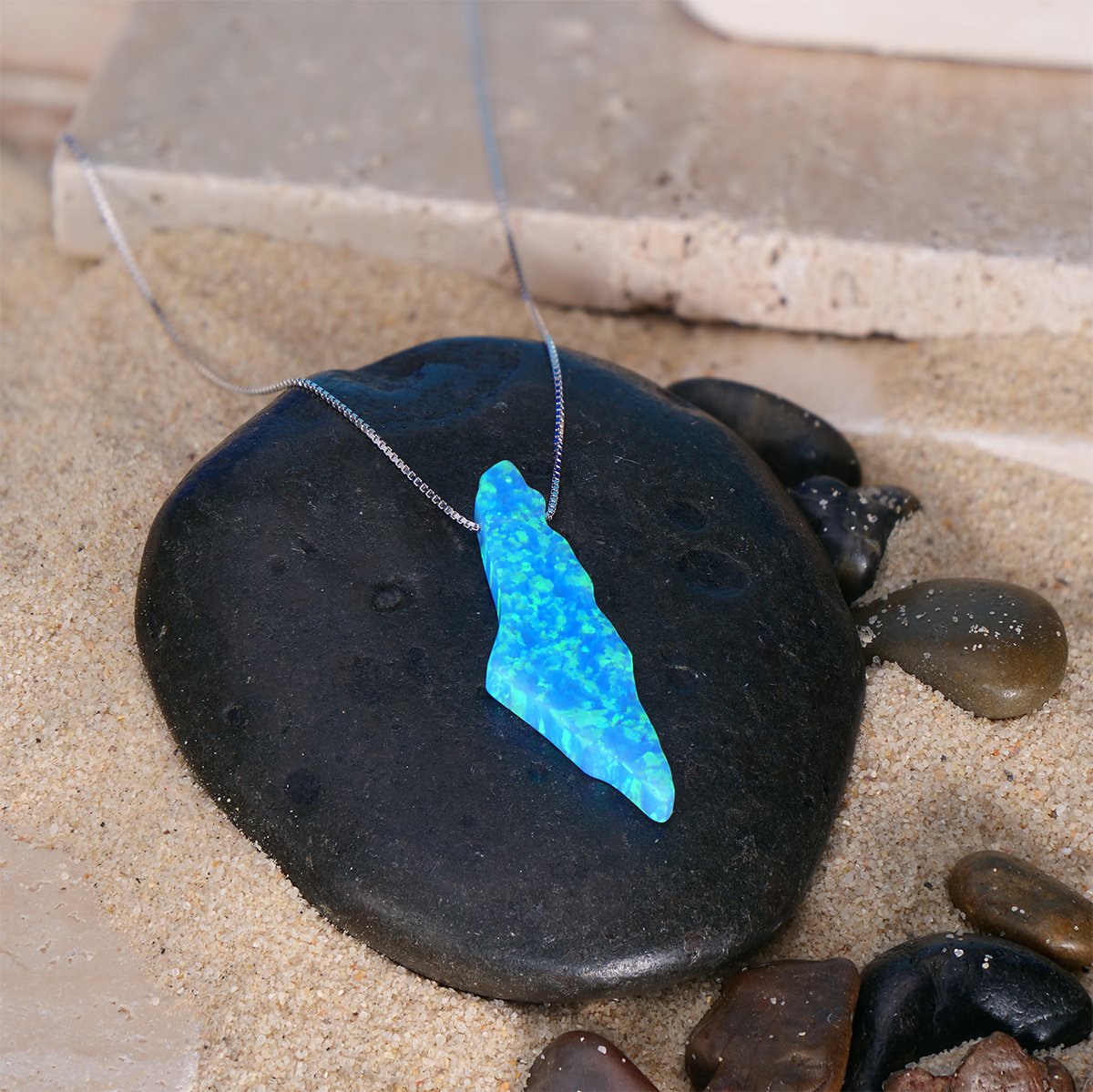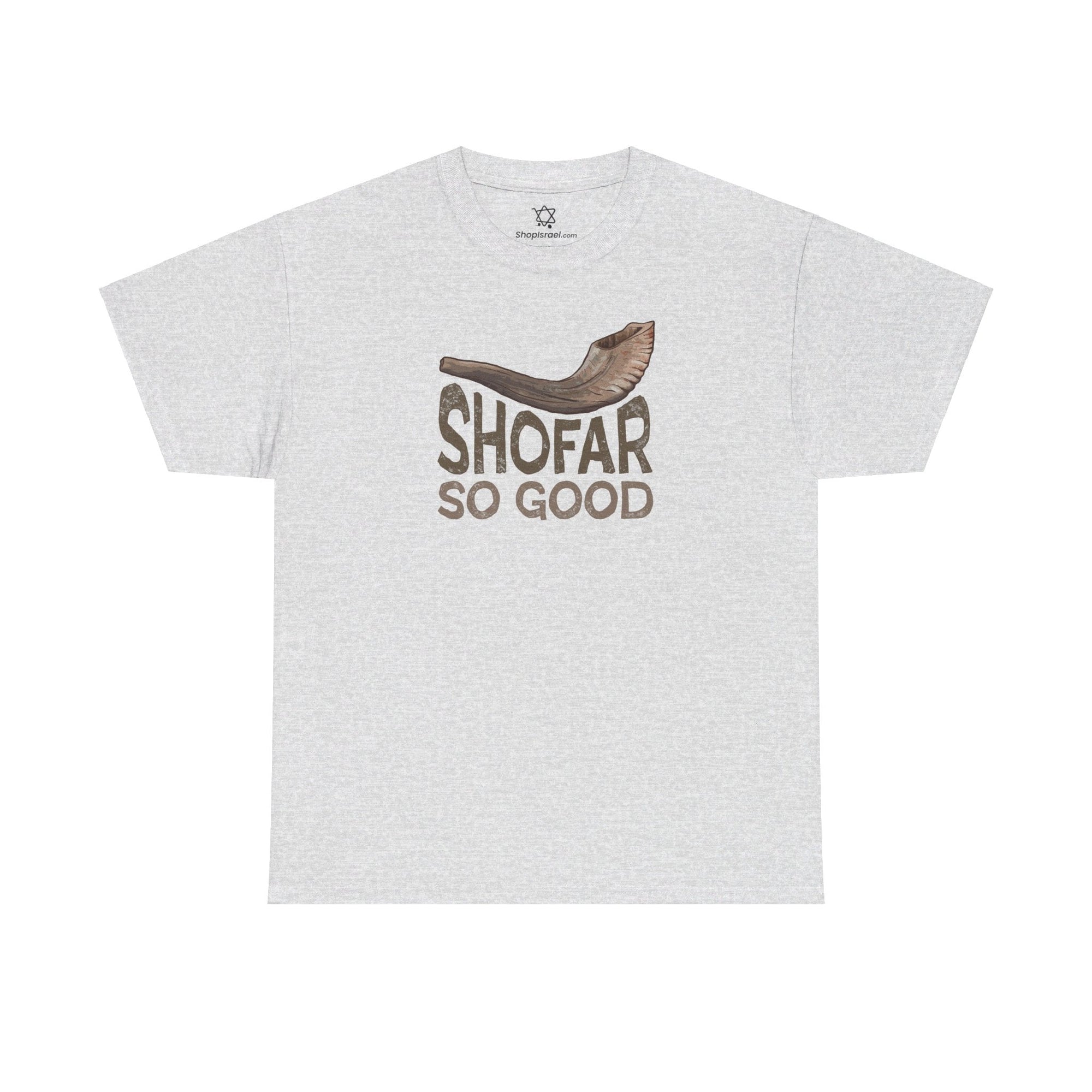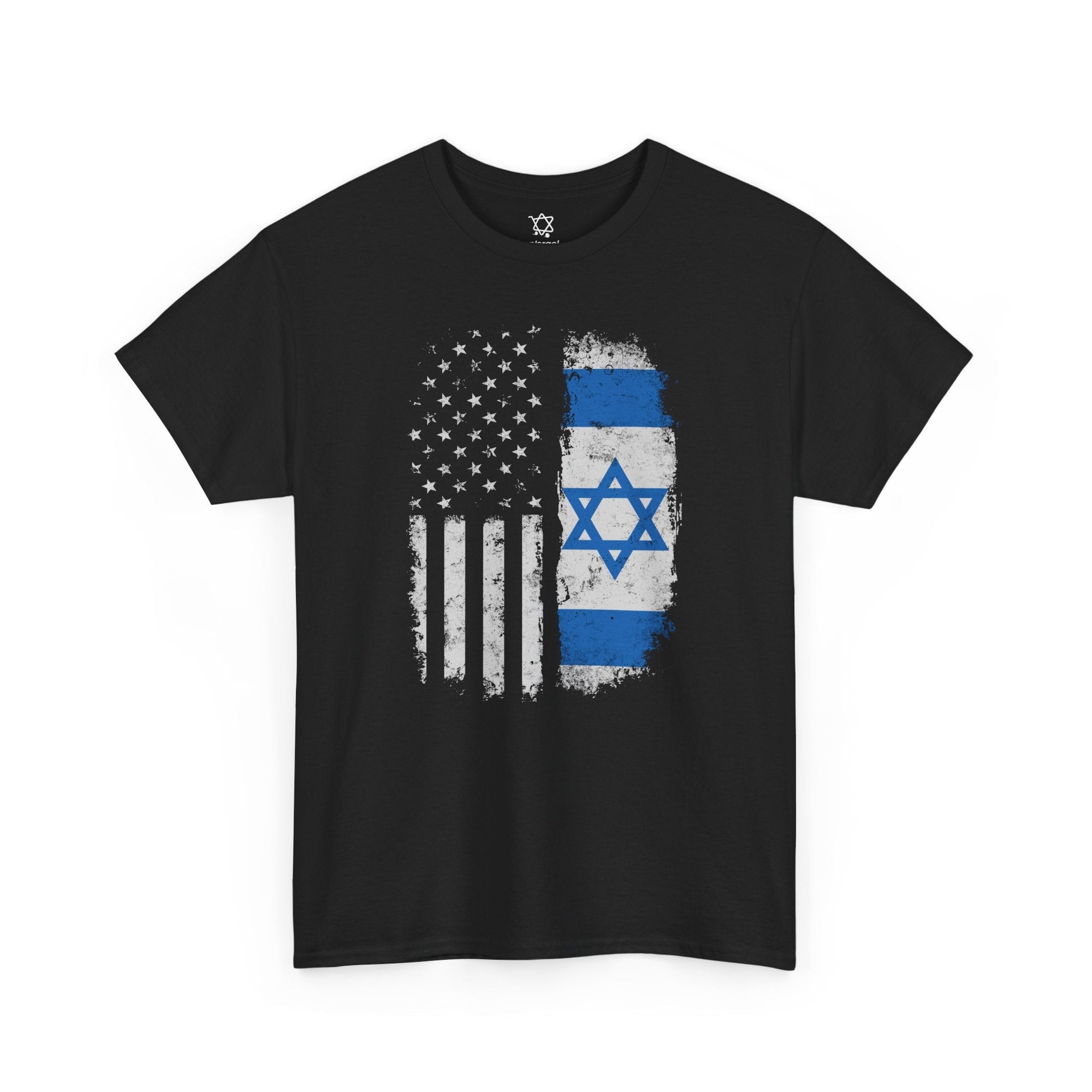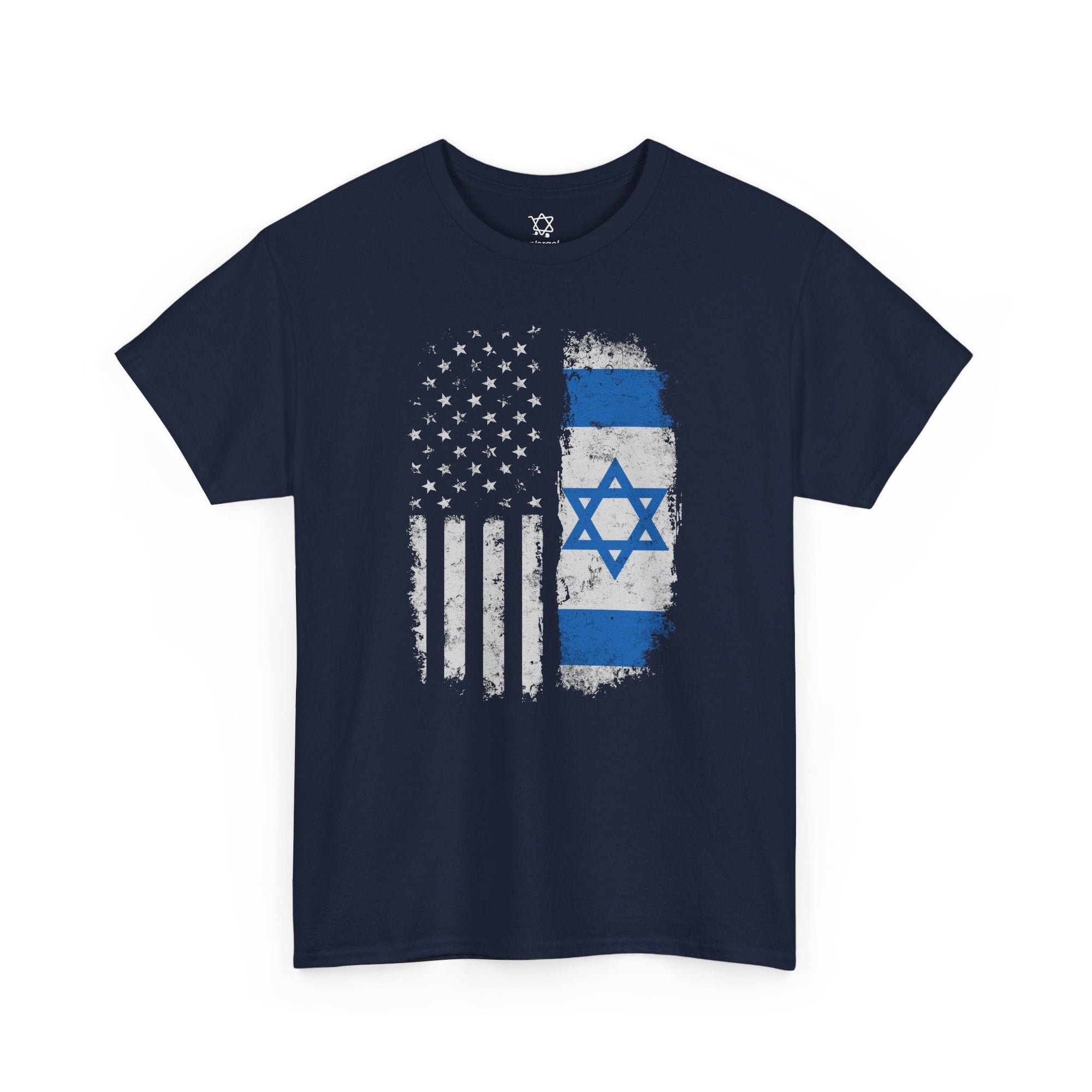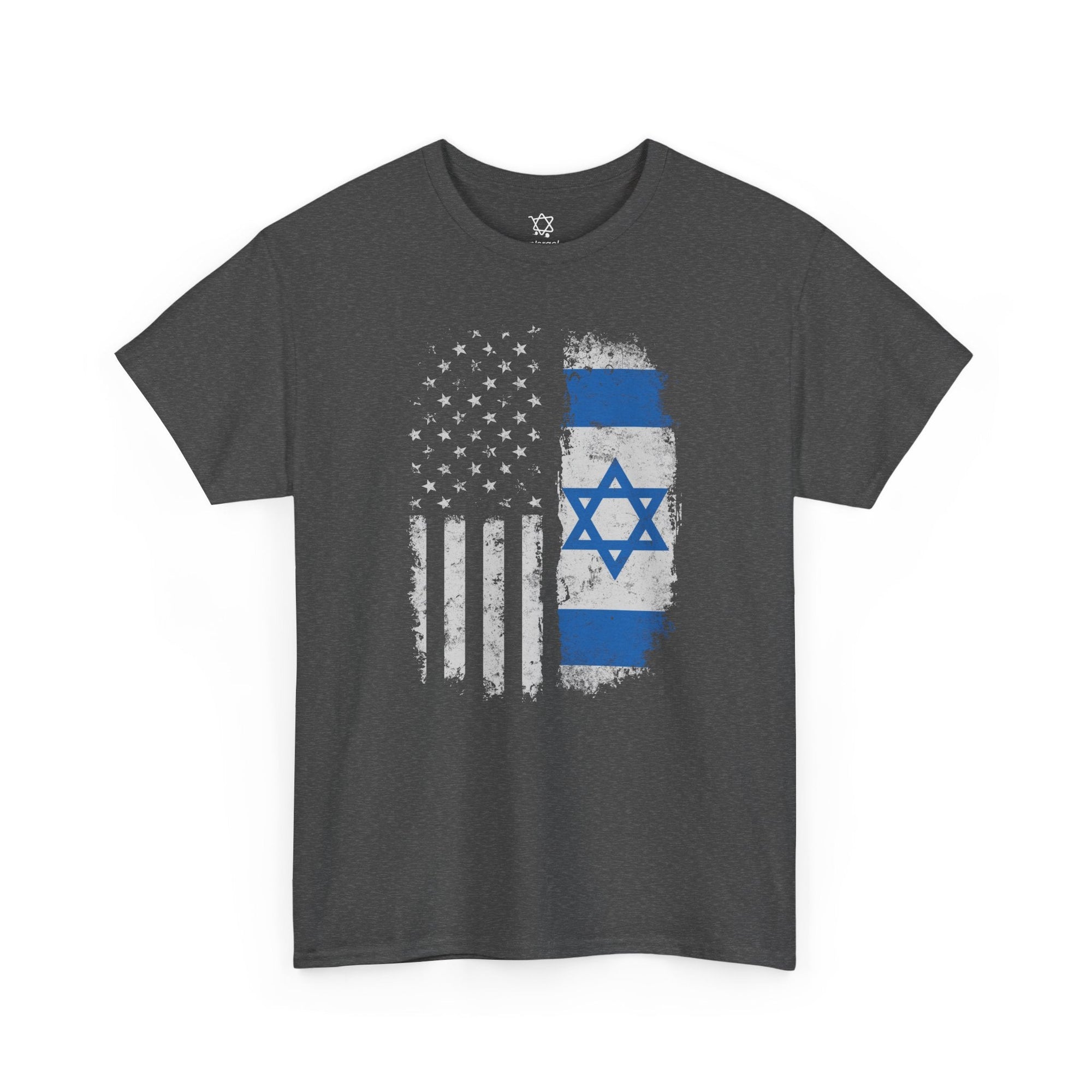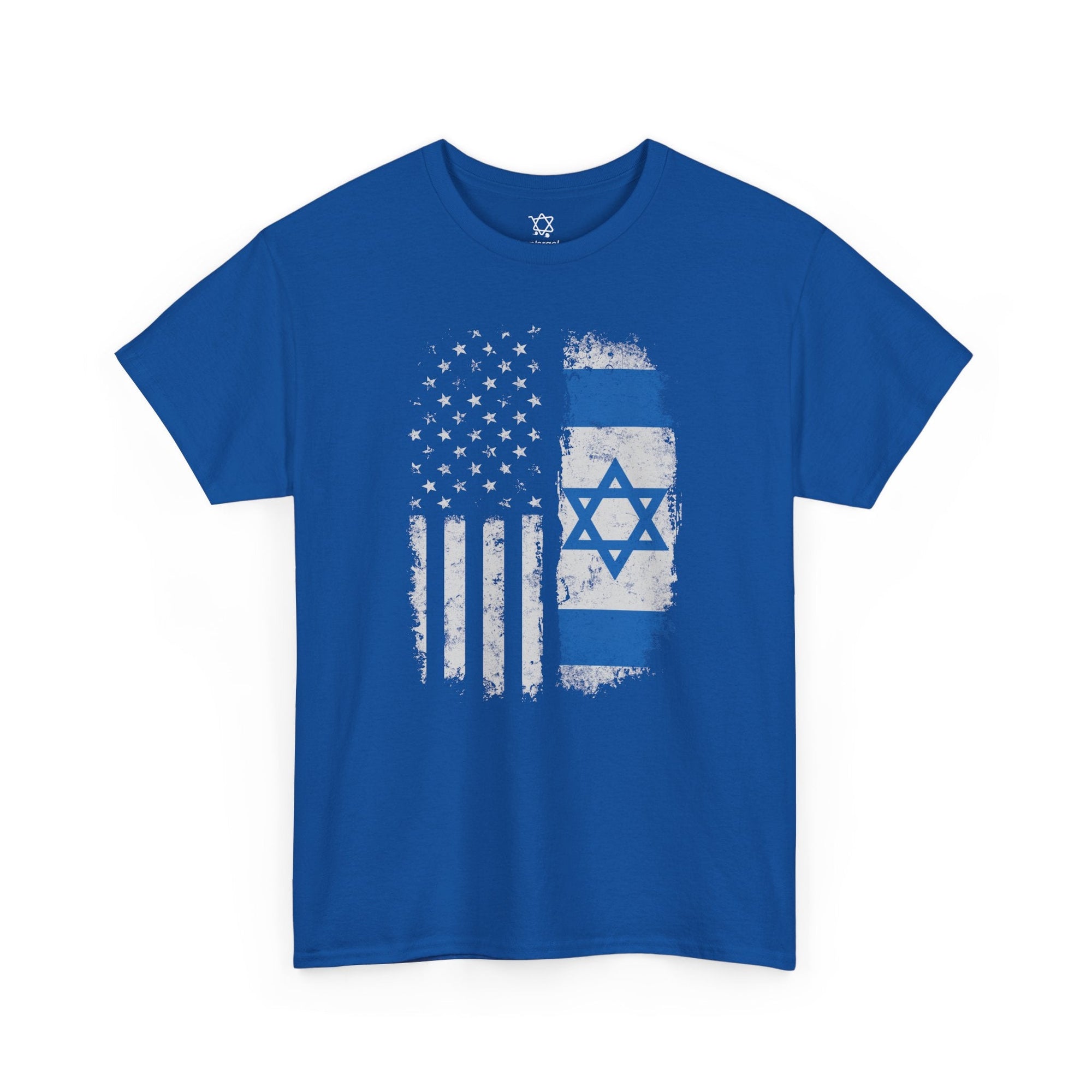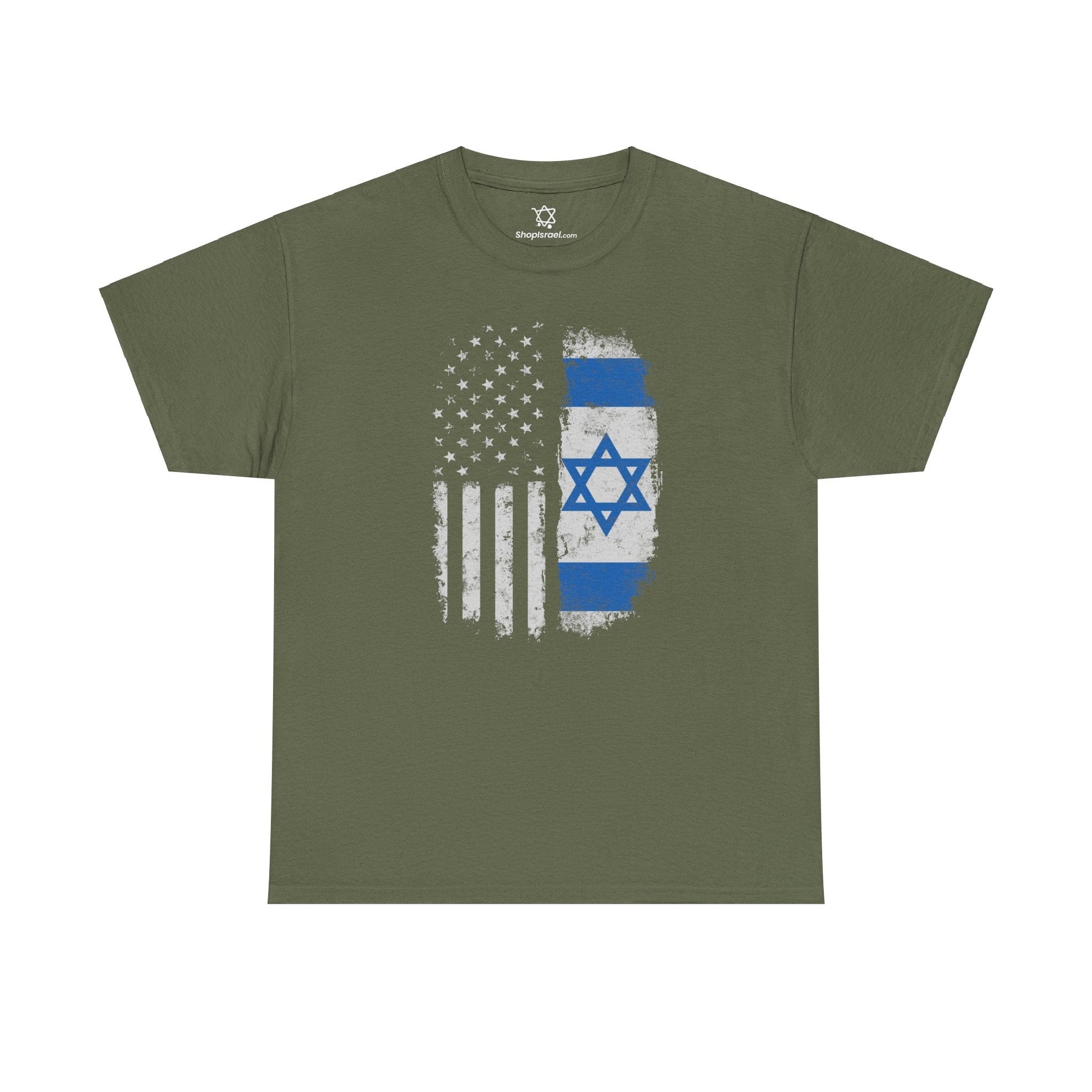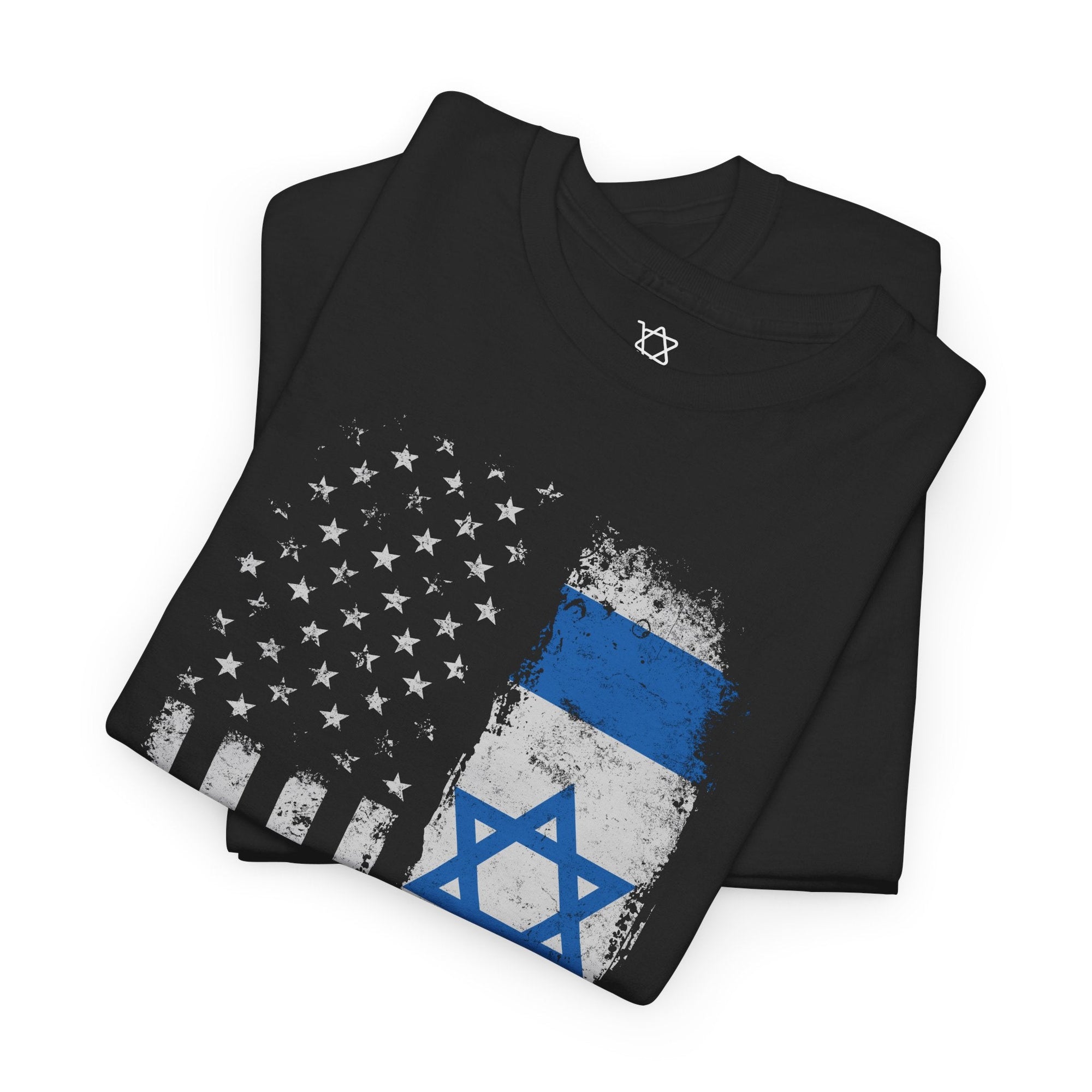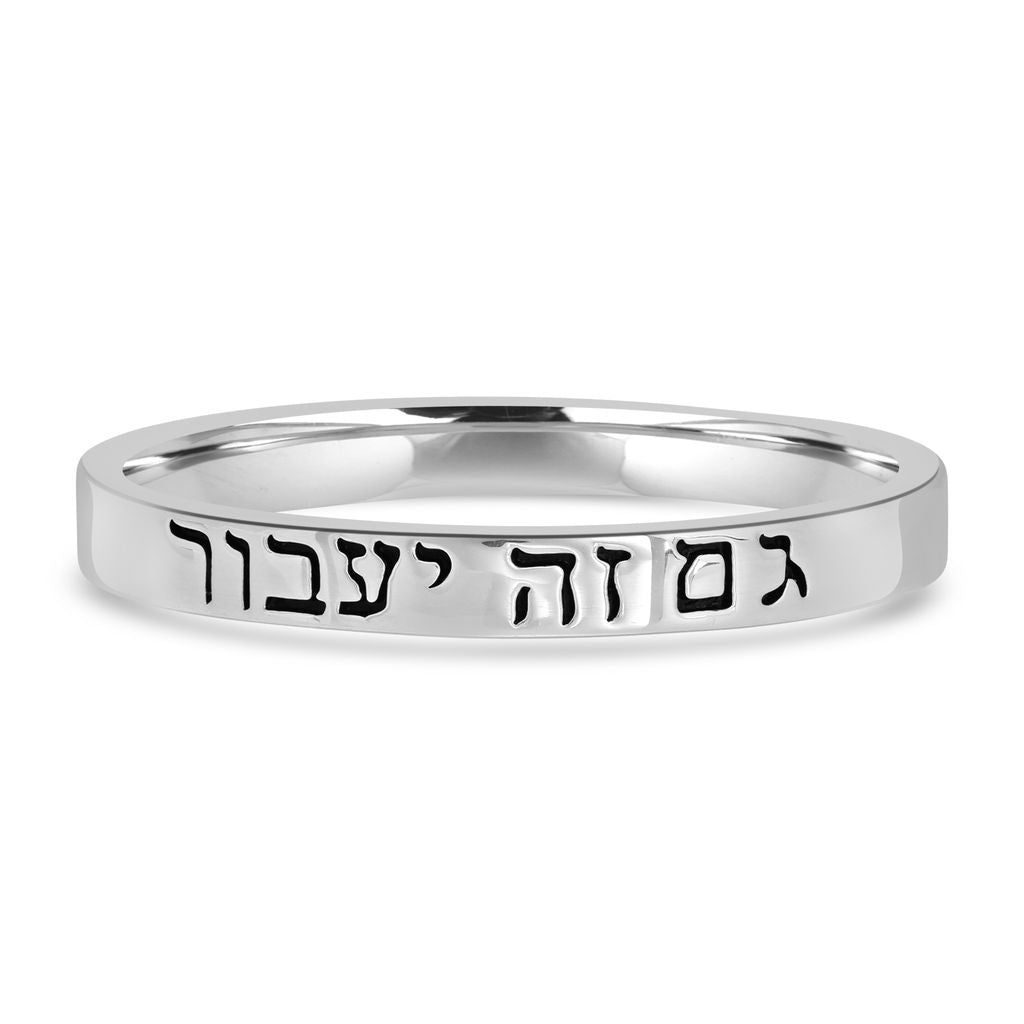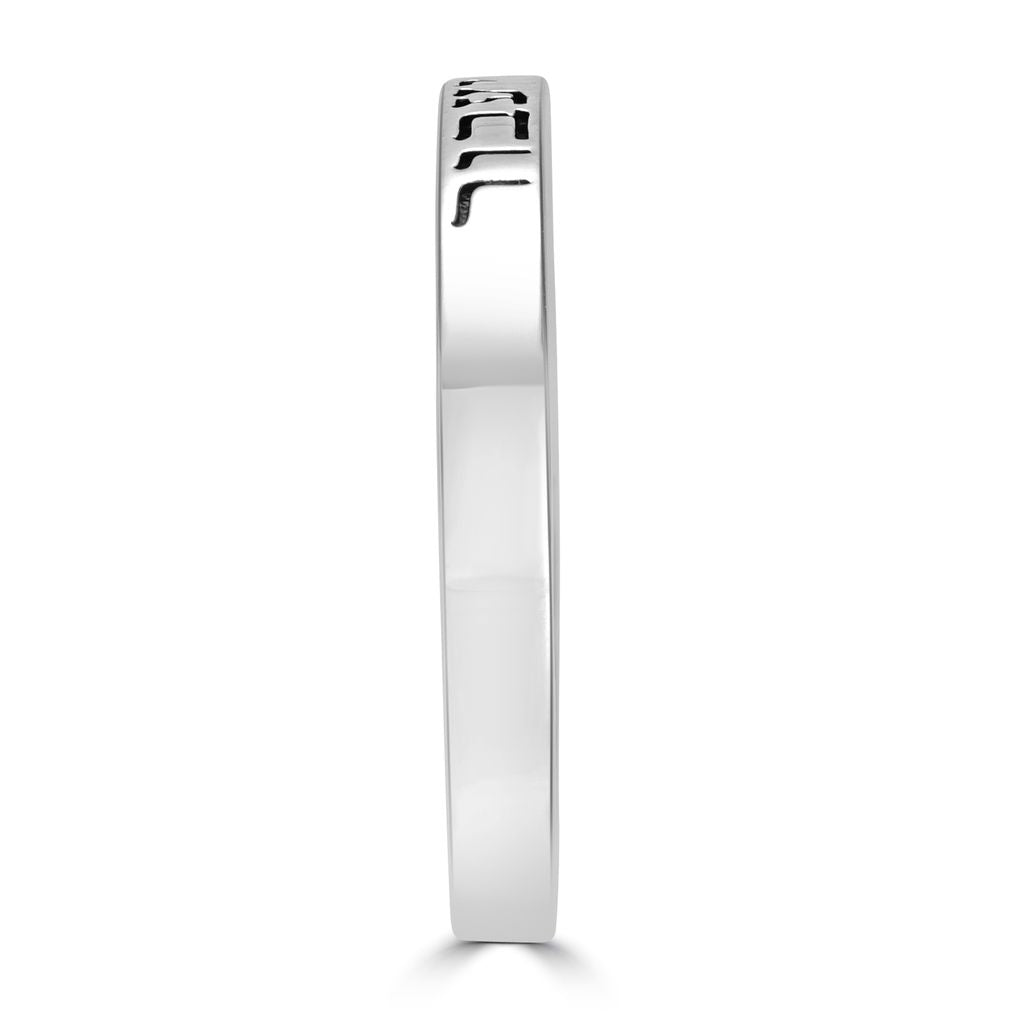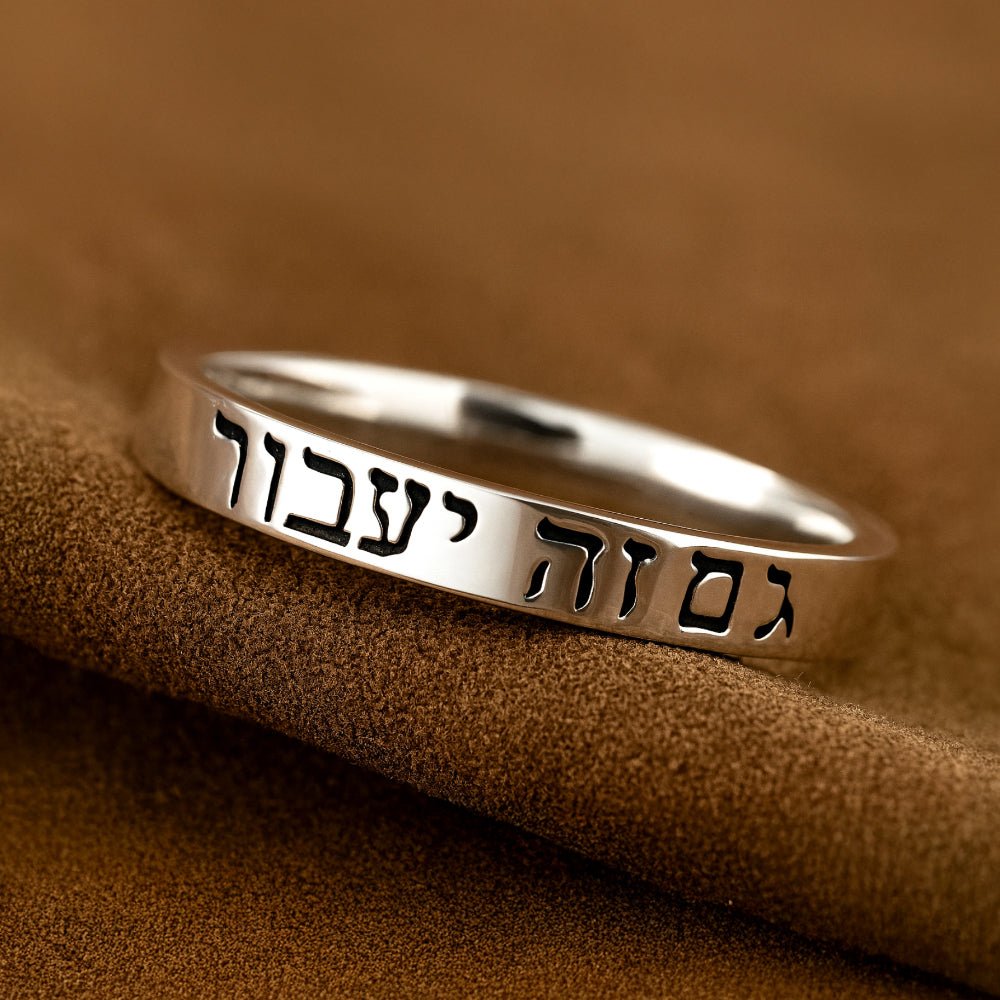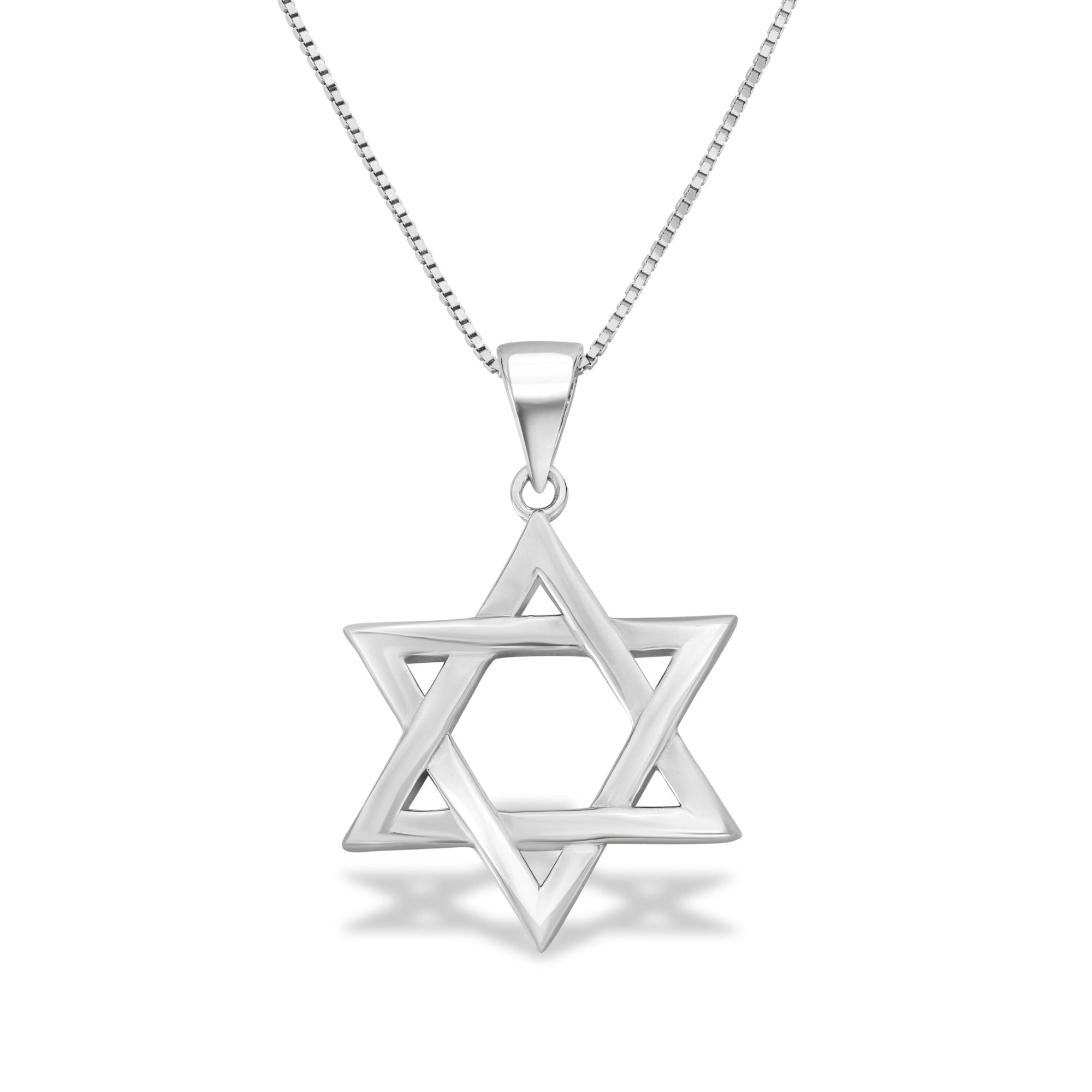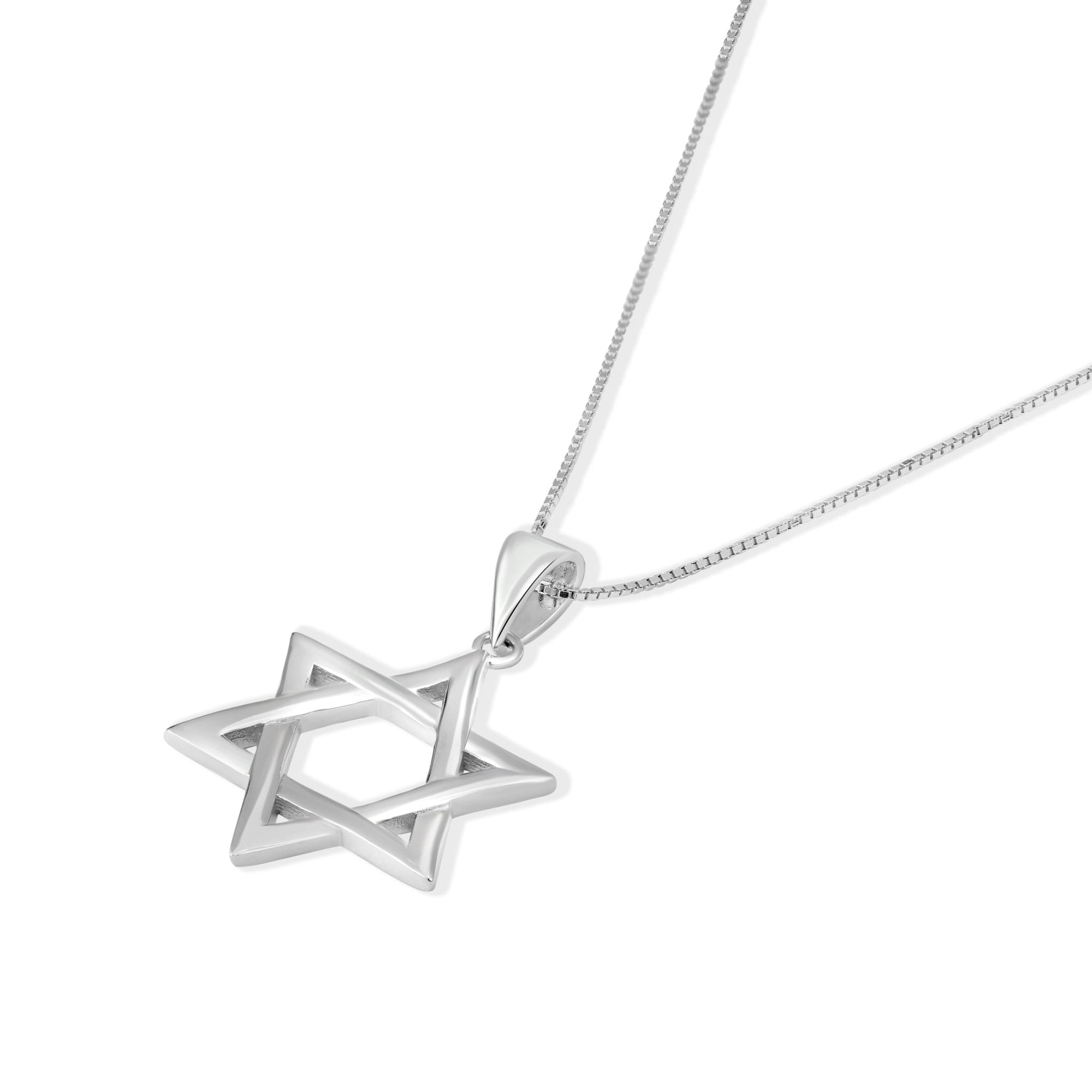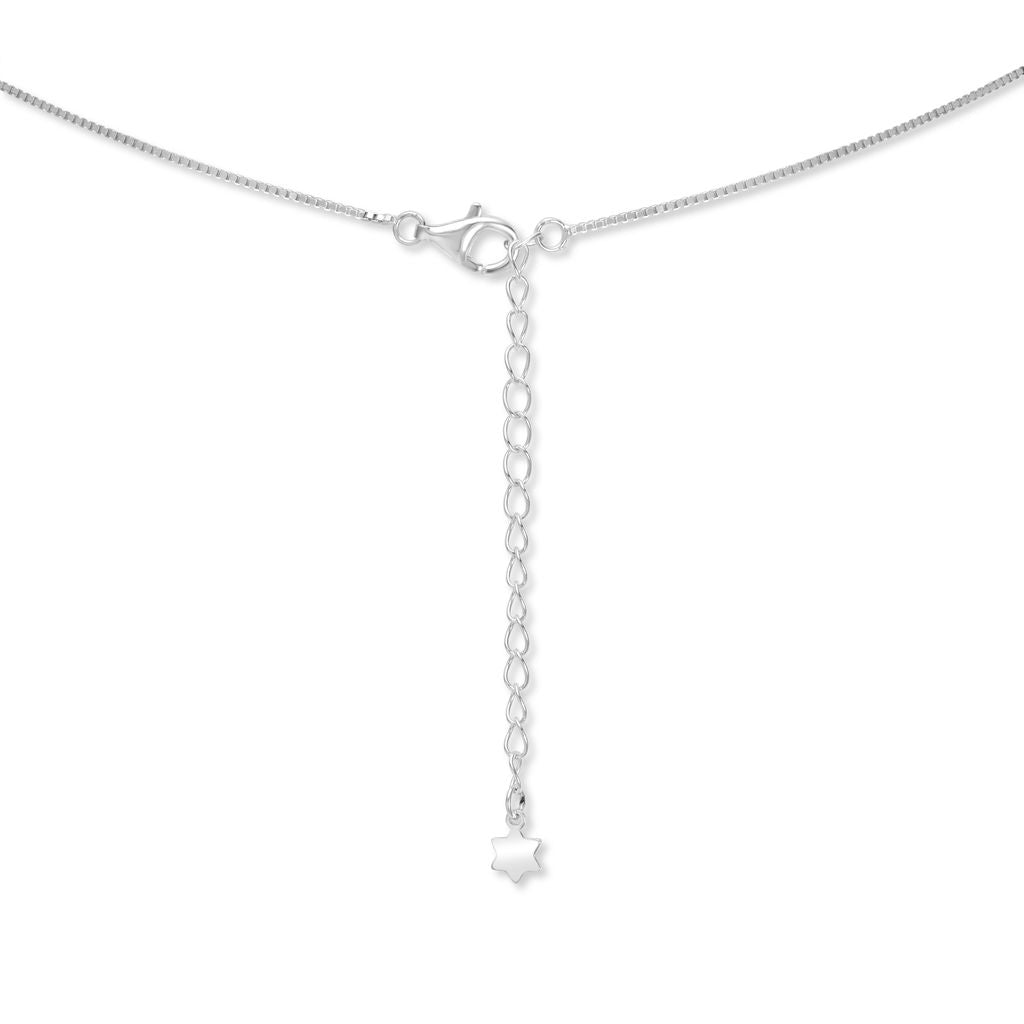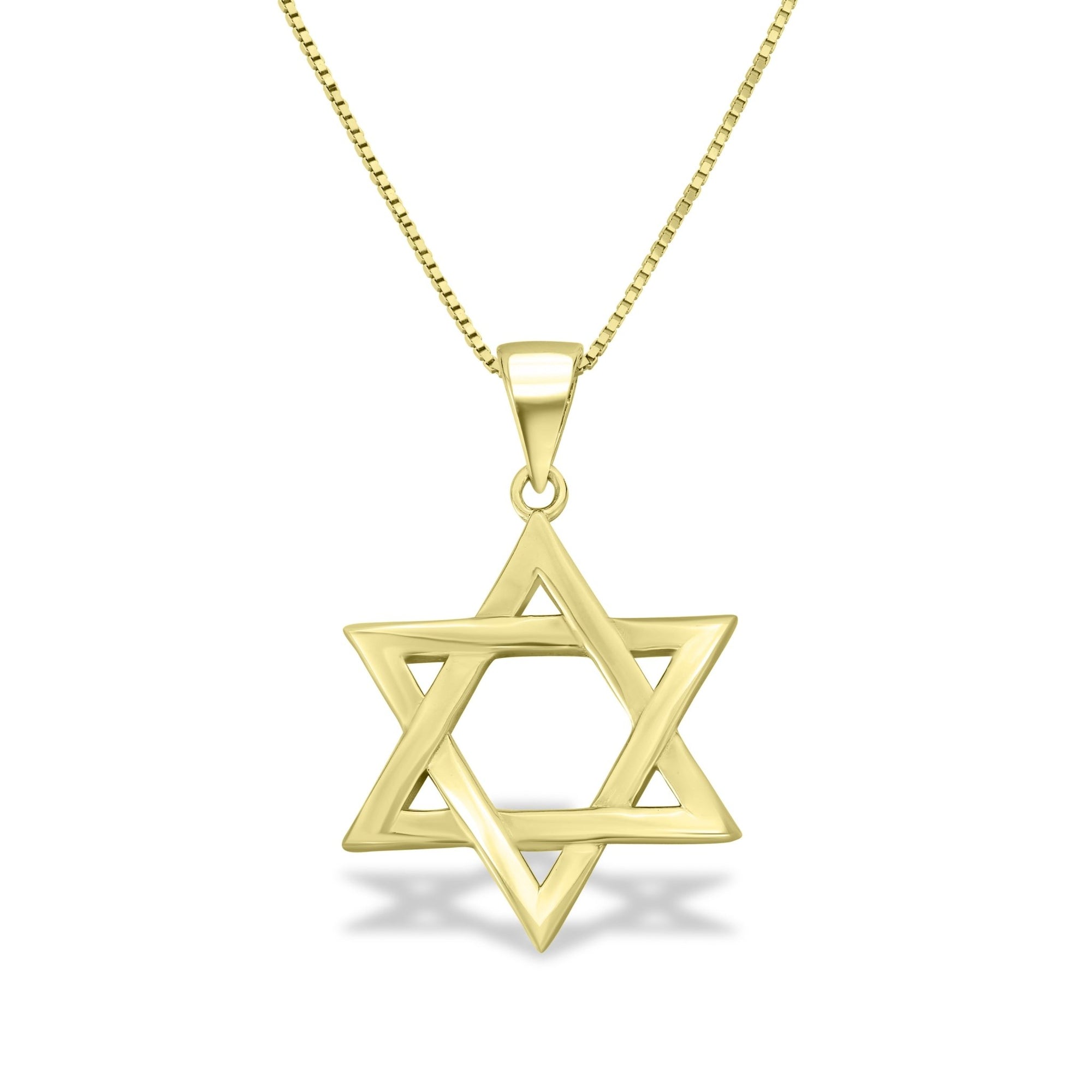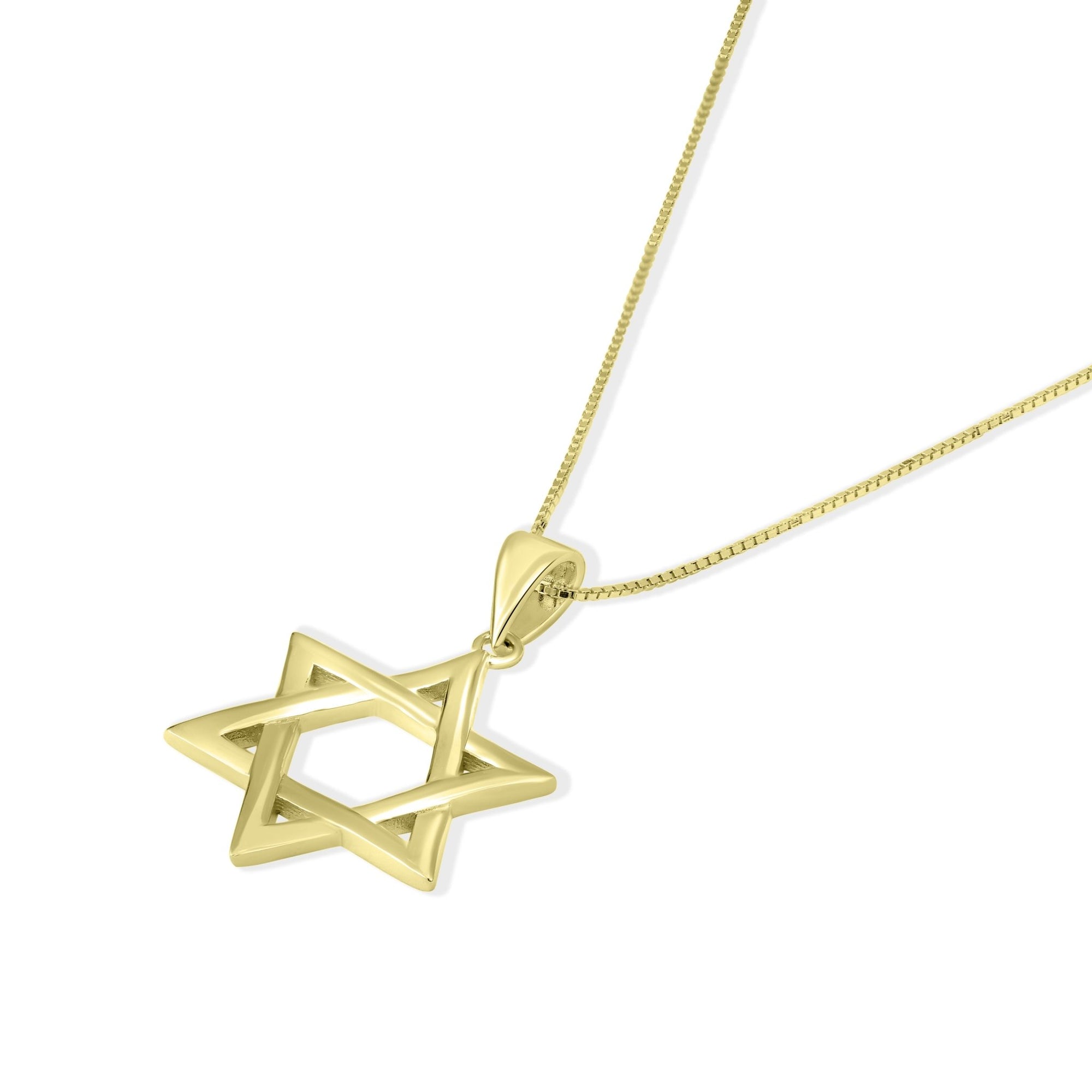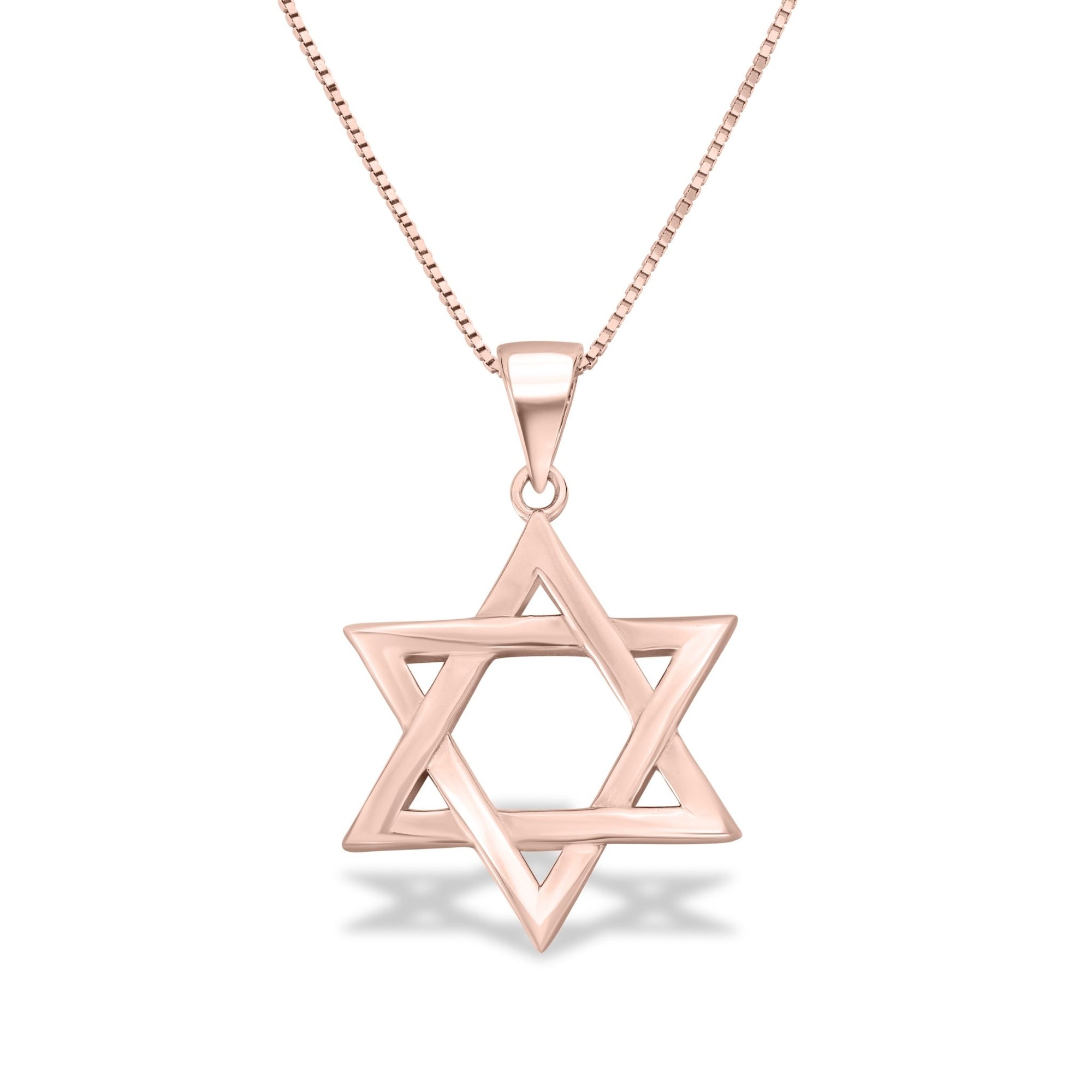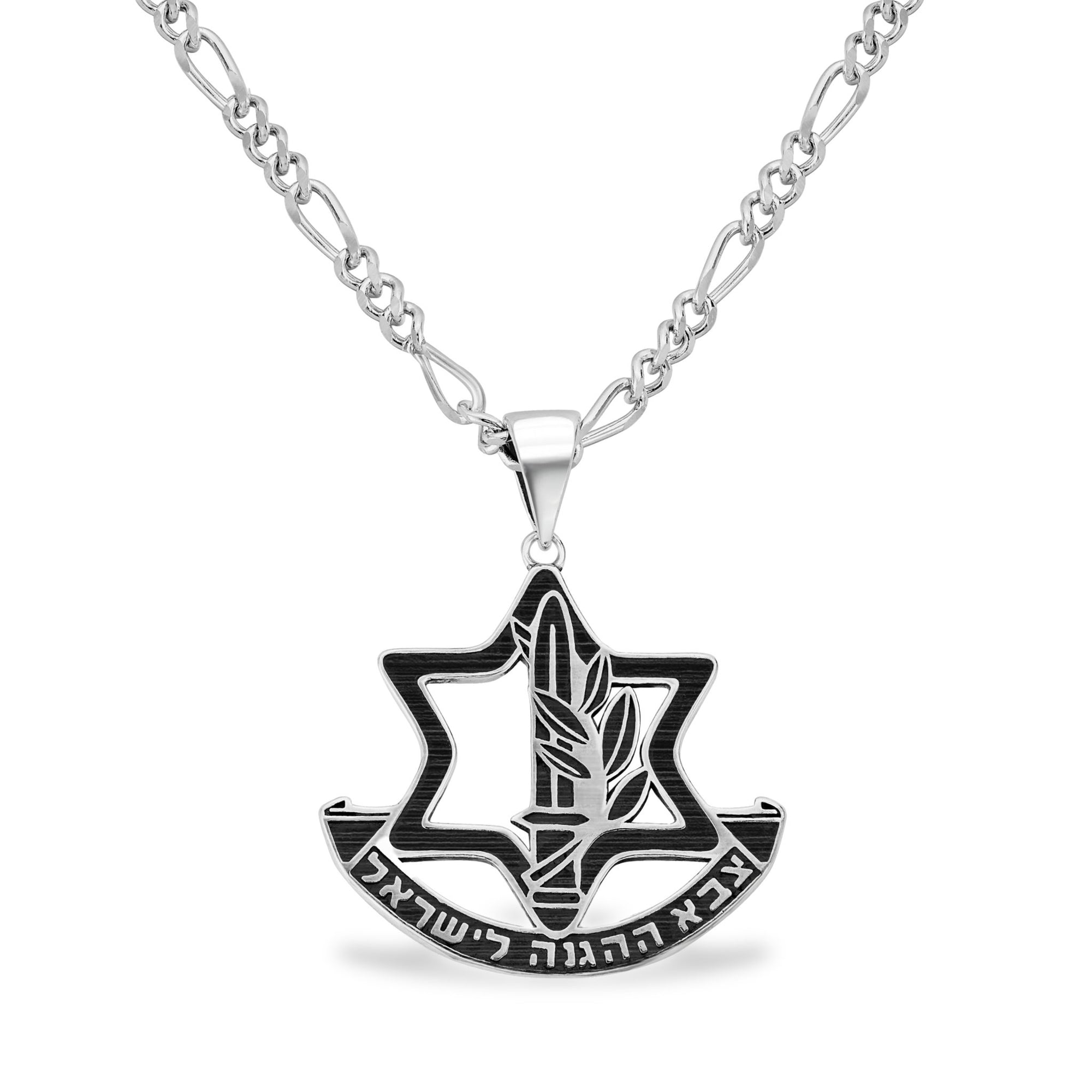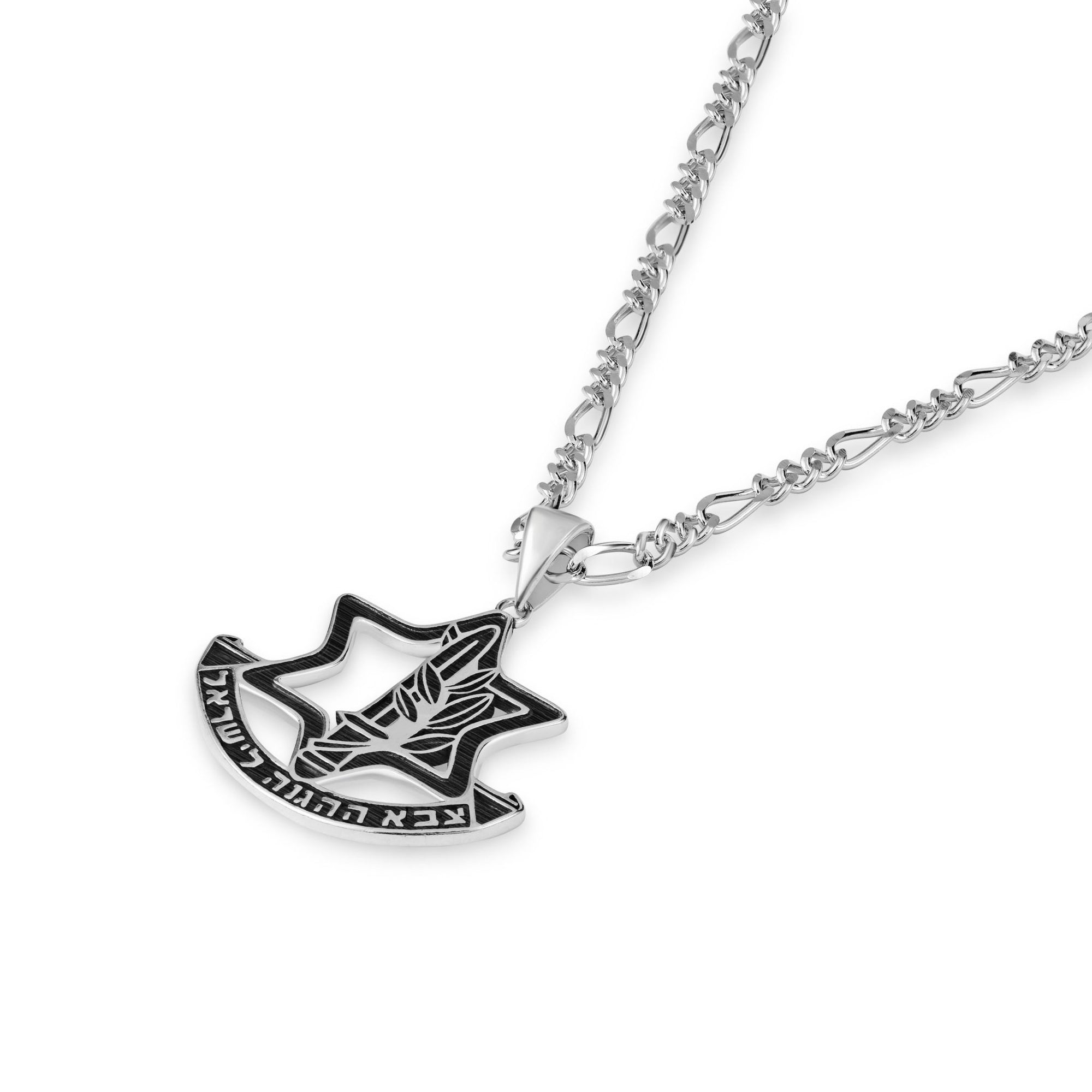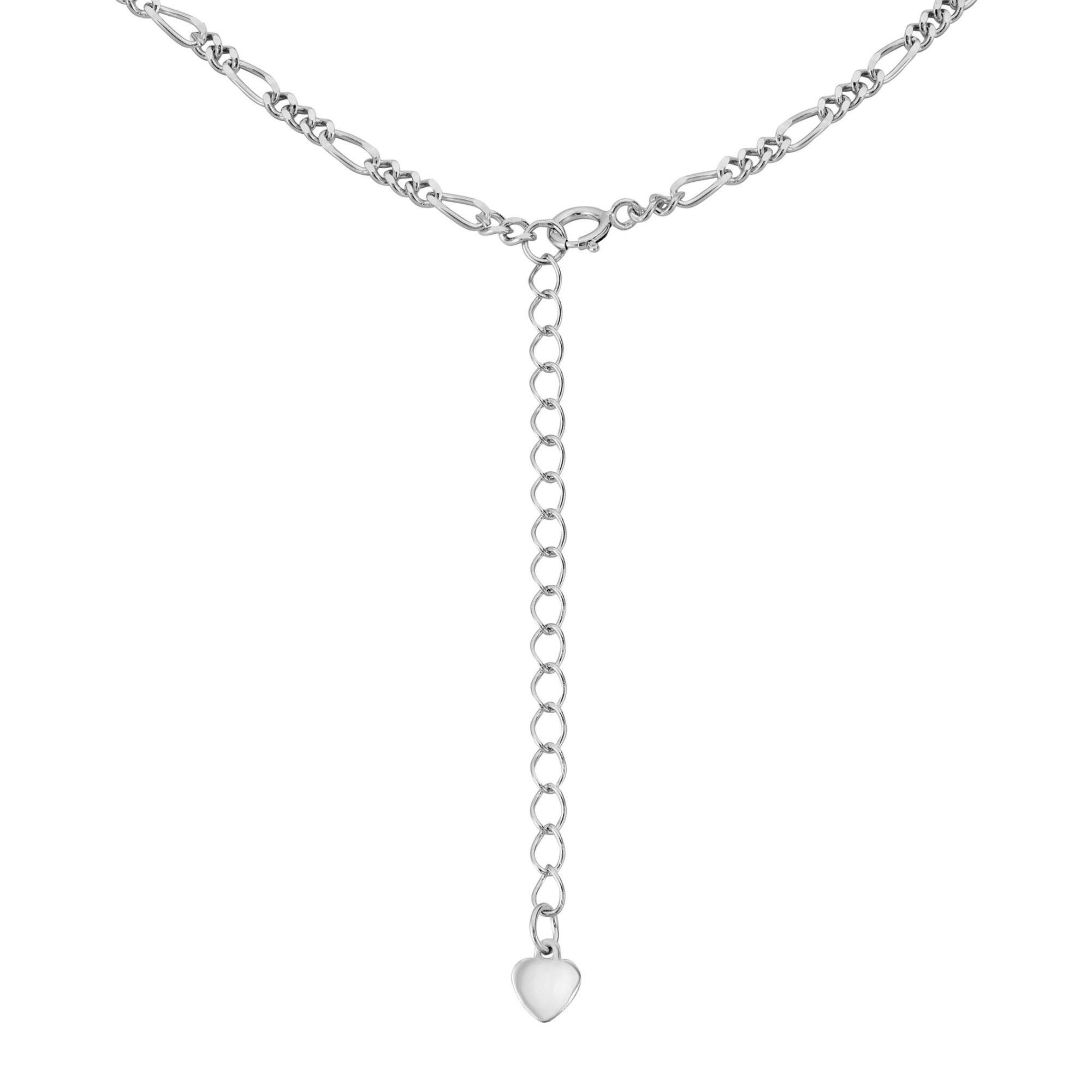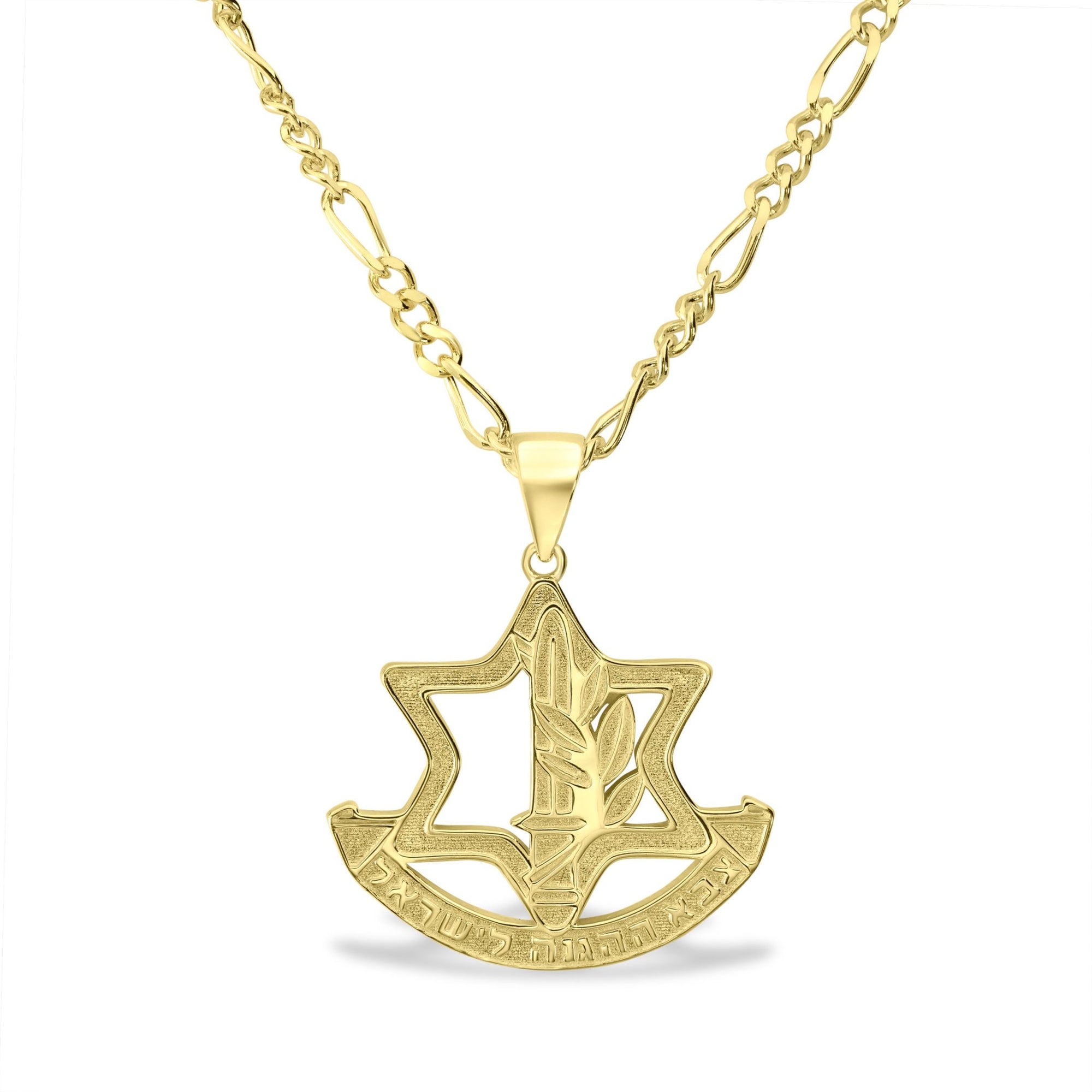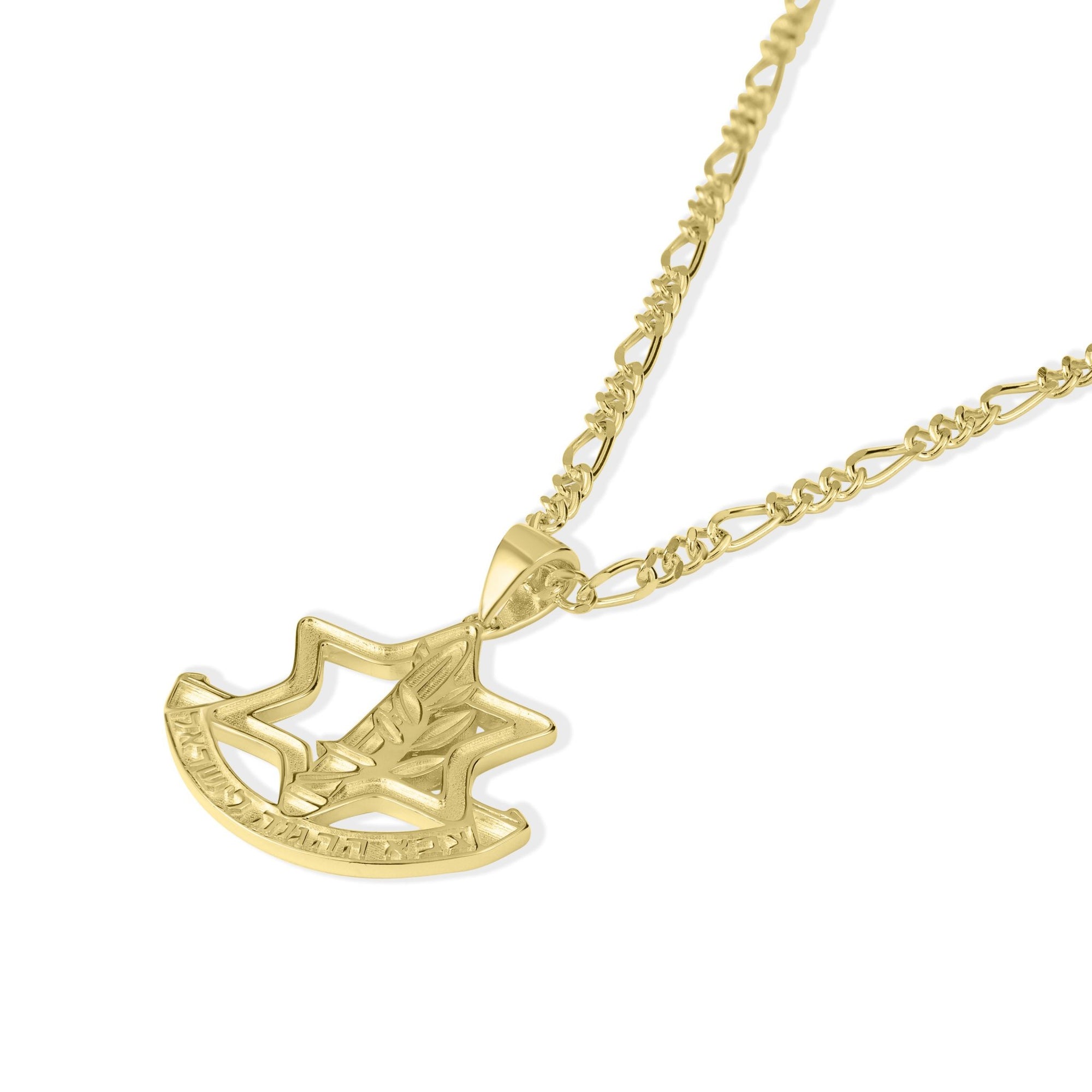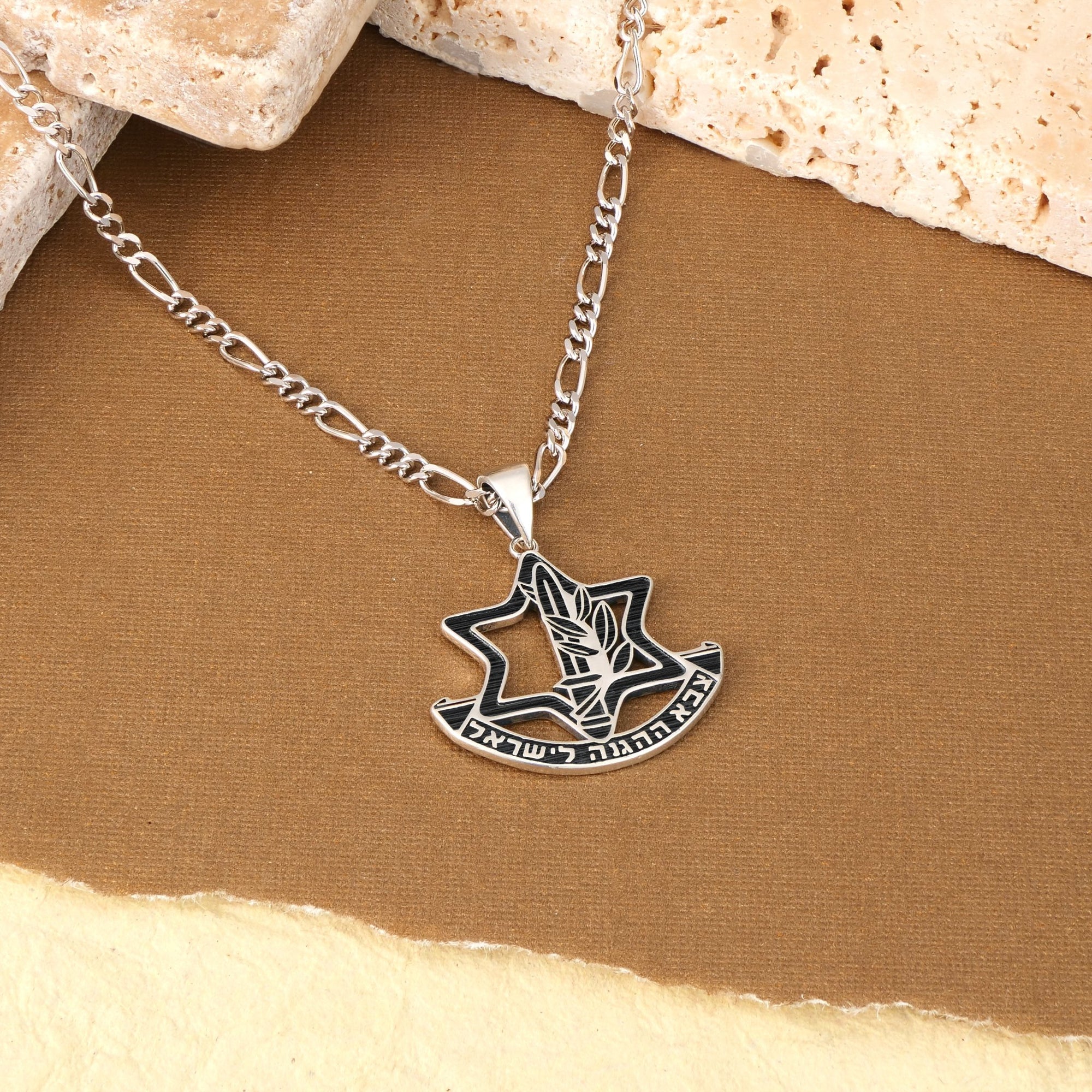Discover the Essence of Israeli Jewelry Symbolism
Israeli jewelry is more than mere adornment; it is a vibrant expression of history, spirituality, and cultural identity. Rooted in millennia of Jewish tradition and enriched by local craftsmanship, Israeli jewelry carries symbolic meanings that connect wearers to their religious beliefs, ancestral heritage, and the land of Israel itself. This article explores the profound symbolism behind popular Israeli jewelry designs, the Hebrew motifs that adorn them, and the spiritual narratives embedded in each piece.
Historical Roots and Cultural Significance of Israeli and Jewish Jewelry
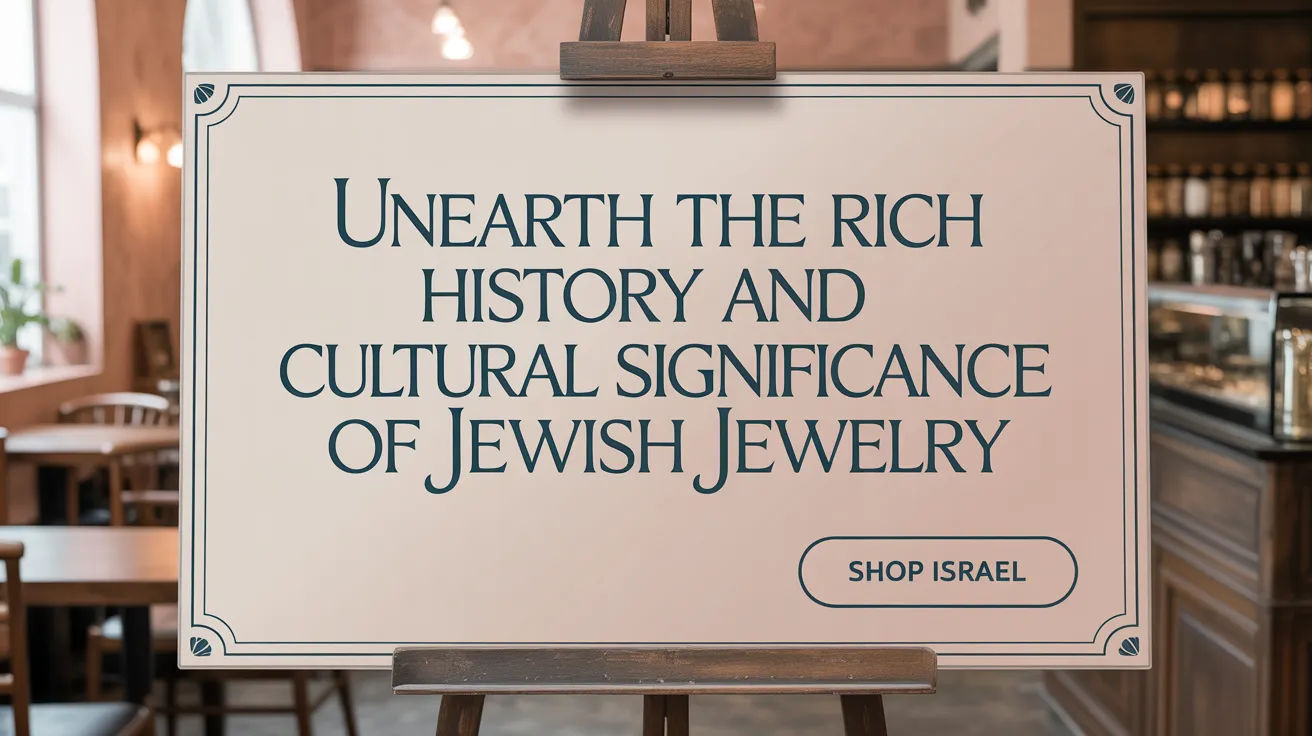
What is the historical significance of Israeli and Jewish jewelry designs?
Jewish and Israeli jewelry carries a rich historical importance, serving as a visual language that expresses faith, tradition, and cultural pride. Many designs incorporate symbols like the Star of David, Hamsa, Pomegranate, and Chai, each imbued with deep spiritual and cultural meanings.
Historically, jewelry was more than decoration; it functioned as an amulet for protection, a marker of social status, and a statement of religious identity. The biblical roots of these adornments include the Aaron’s breastplate, decorated with twelve stones representing the tribes of Israel, and sacred symbols like the Menorah and the Tree of Life.
Throughout centuries, different Jewish communities—Sephardic, Ashkenazi, and Yemenite—developed distinct jewelry styles while maintaining shared motifs. Archaeological discoveries in Israel, such as ancient gold plaques and inscribed amulets, reveal how jewelry was integral in daily life, imbued with symbolic and mystical significance.
In modern times, Israeli designers blend age-old symbolism with contemporary craftsmanship, emphasizing national identity and spiritual connection. Whether worn during religious ceremonies, life milestones, or as personal talismans, Jewish jewelry today continues to echo its historical roots, representing resilience, faith, and cultural continuity.
Key Hebrew Symbols in Israeli Jewelry and Their Meanings

What are some common Hebrew symbols used in Israeli jewelry, and what do they represent?
Jewish jewelry is rich with symbols that reflect faith, tradition, and cultural pride. Among the most prominent is the Star of David, or Magen David, which is instantly recognizable and widely used in Israeli jewelry. This symbol represents the connection between God and the Jewish people, embodying divine protection and unity. Originally adopted as a symbol by the Jewish community in Prague in the 17th century, it now appears on the Israeli flag, symbolizing national identity.
The Chai symbol, comprising the Hebrew letters Chet and Yud, translates to 'life.' It is highly valued in Hebrew culture, representing vitality, blessing, and good fortune. Chai jewelry is often given as meaningful gifts during life celebrations like births, Bar/Bat Mitzvahs, and weddings.
Another popular motif is the Hamsa, also known as the Hand of Miriam. With roots in Middle Eastern traditions, the Hamsa is believed to ward off the Evil Eye, offering divine protection. It is a symbol of knowledge, protection, and divine blessing, often incorporated into necklaces, bracelets, and charms.
Pomegranates are a frequent theme in Israeli jewelry, symbolizing abundance, fertility, and prosperity. These motifs are rooted in biblical tradition, where the pomegranate is one of the seven species of the Land of Israel and signifies spiritual blessings.
Other meaningful symbols include the Tree of Life, or Etz Chaim, which signifies growth, wisdom, and divine connection. It reflects the biblical story of Eden and the eternal nature of the Jewish faith.
Jewelry often features inscriptions like Shema Yisrael, a central prayer expressing faith in one God. Such inscriptions serve as personal reminders of spiritual devotion.
Meaning and significance of Star of David
The Star of David, called Magen David or 'King David’s Shield,' holds deep religious and cultural importance. It represents divine unity, the connection between heaven and earth, and the collective identity of Jews worldwide. Its inclusion in Israeli jewelry not only highlights religious heritage but also symbolizes hope, resilience, and national pride.
Symbolism of Chai, Hamsa, Pomegranate, Tree of Life
- Chai: Signifies life, vitality, and blessings.
- Hamsa: Offers protection from harm and evil, embodying divine watchfulness.
- Pomegranate: Represents fullness, abundance, and spiritual prosperity.
- Tree of Life: Embodies growth, wisdom, and the continuous connection between God and humanity.
These symbols are often crafted from high-quality metals like gold and silver, accented with precious stones or enamel to enhance their meaning and beauty.
Religious and cultural connotations
Jewish symbols in jewelry serve as expressions of faith and cultural identity. They are commonly worn during religious holidays, life milestones, and as daily reminders of heritage. In Israel, they also reflect the country’s landscape and history, blending biblical motifs with contemporary design.
Jewelry featuring these symbols often incorporates cultural elements from Jerusalem, the Western Wall, and iconic national flowers like the cyclamen. Inspired by both spiritual and national themes, Israeli jewelry connects past to present, tradition to modernity.
| Symbol | Meaning/Significance | Common Uses | Cultural Context |
|---|---|---|---|
| Star of David | Divine connection, unity, protection | Necklaces, rings, charms | National symbol, religious emblem |
| Chai | Life, vitality, blessing | Pendants, rings | Gift for special occasions |
| Hamsa | Protection, divine blessing | Bracelets, necklaces | Middle Eastern roots, protection against evil |
| Pomegranate | Abundance, fertility, prosperity | Brooches, pendants | Biblical and mystical significance |
| Tree of Life | Growth, wisdom, divine connection | Earrings, pendants | Represents eternal life and divine wisdom |
Jewish and Israeli jewelry continues to embody a blend of spiritual, cultural, and artistic influences, making each piece a meaningful testament to faith and heritage.
Kabbalah Motifs: Spiritual Depth in Israeli Jewelry Designs

How do motifs from Kabbalah appear in Israeli jewelry designs, and what spiritual meanings do they convey?
Jewelry crafted in Israel often draws inspiration from Kabbalah, the mystical branch of Judaism that explores divine principles and spiritual realms. Common motifs include the Tree of Life, Hamsa, Star of David, and the 72 Holy Names of God, each imbued with profound spiritual significance.
The Tree of Life, or Etz Chaim, is a prominent symbol representing spiritual growth, harmony, and the divine connection between heaven and earth. It is often depicted in jewelry as a reminder of divine wisdom and the continuous journey of spiritual ascent.
The Hamsa, another favorite, is commonly believed to ward off evil and protect against the evil eye. Its hands symbolize divine protection, helping the wearer to remain safeguarded from negative influences.
Jewish jewelry also features inscribed biblical and Kabbalistic texts, including the Shema Yisrael prayer and names of God from the mystical traditions. These inscriptions serve as blessings, divine safeguards, and personal affirmations of faith.
Other symbols like the Star of David, which in Kabbalistic thought signifies divine unity, and the Merkaba, representing spiritual ascension and divine energy, are integrated into jewelry pieces to evoke higher consciousness.
Overall, these motifs are more than decorative; they carry messages of protection, divine connection, and spiritual elevation. They serve as daily reminders of spiritual principles, fostering a sense of divine presence and promoting a mystical bond with the divine forces that guide everyday life.
Israeli Jewelry as an Expression of Cultural Identity and Spiritual Beliefs

Israeli jewelry vividly reflects the rich tapestry of cultural identity and spiritual beliefs ingrained in Jewish and Israeli tradition. Central to this expression are symbols like the Star of David, Hamsa, and the Chai (meaning 'life'), which are frequently incorporated into jewelry pieces. These symbols are more than decorative; they serve as spiritual talismans representing divine protection, vitality, and the unity of the Jewish people.
Designs often draw inspiration from landmarks and sacred sites such as Jerusalem and the Western Wall, embedding geographical and spiritual history into personal adornment. Artistic representations of holy places and biblical motifs create a tangible connection to faith and heritage. For instance, the Star of David, also known as Magen David, symbolizes divine unity and is depicted on the Israeli flag, emphasizing national identity intertwined with religious symbolism.
Israeli jewelry plays a significant role in important life-cycle events like weddings and Bar/Bat Mitzvahs. These occasions are marked by jewelry that features symbols like pomegranates—signifying abundance—and the Tree of Life, representing growth and wisdom. Such pieces serve as treasured mementos, often inscribed with Hebrew prayers or the Shema Yisrael, a central declaration of faith, believed to offer spiritual protection.
The craftsmanship behind Israeli jewelry is a testament to its cultural significance. Artists from Jerusalem and beyond, such as Avi Nadav, uphold traditions passed down through generations. They utilize high-quality materials like gold, silver, and precious stones, each holding symbolic meaning—gold for divine light, silver for purity, and gemstones for spiritual energy.
Symbolic continuity is evident in the incorporation of historical motifs and contemporary designs that narrate Israel’s culture, landscapes, and religious heritage. Influences from Islamic craftsmanship merge with modern Israeli motifs, creating a unique style that honors both ancestral traditions and current identity. Overall, Israeli jewelry is more than adornment; it is a living expression of faith, history, and cultural pride.
| Symbols & Motifs | Meaning & Significance | Common Uses |
|---|---|---|
| Star of David | Divine unity, Jewish identity, Israel symbol | Necklaces, rings |
| Hamsa | Protection against evil eye | Bracelets, pendants |
| Chai | Life, vitality | Jewelry gifts for special occasions |
| Pomegranates | Fertility, abundance | Brooches, earrings |
| Jerusalem & Holy Sites | Connection to sacred roots | Pendants, charms |
Jewish and Israeli jewelry serve as meaningful expressions of faith and cultural heritage. They connect individuals to their history, inspire pride, and offer spiritual protection through their symbols and craftsmanship.
Materials and Craftsmanship in Israeli Jewelry: Tradition Meets Symbolism
Use of gold, silver, and precious stones
Israeli jewelry is renowned for its high-quality materials that carry both aesthetic appeal and symbolic importance. Gold and silver are the most commonly used metals, chosen for their durability, beauty, and spiritual significance. Gold, often associated with purity and divine connection, features prominently in wedding and religious jewelry. Silver, passed down through generations and often crafted by Jerusalem’s skilled silversmiths, symbolizes humility and spiritual protection.
Precious stones, like diamonds, sapphires, and rubies, embellish jewelry pieces, with each stone often chosen for its symbolic meaning. For example, amethysts symbolize tranquility, while turquoise represents protection. Many pieces incorporate these stones to enhance their spiritual and cultural value.
Traditional and modern techniques
Jewelry craftsmanship in Israel combines age-old techniques with contemporary methods. Traditional jewelry makers employ hand engraving, filigree work, and repoussé to create intricate designs. These techniques require great skill and are passed down through generations, especially in Jerusalem’s vibrant artisan communities.
Today’s jewelers also utilize modern technologies such as laser engraving and computer-aided design (CAD), allowing for precise and innovative creations. This blend of old and new techniques results in jewelry that respects heritage while appealing to modern tastes.
Influence of Jerusalem’s silversmith legacy
Jerusalem, a center of religious and cultural history, has a long-standing tradition of silversmithing. Jerusalem’s artisans are celebrated for their craftsmanship in creating religious objects and jewelry infused with spiritual symbolism. The city’s sacred sites, such as the Western Wall, inspire many designs.
Jewelry pieces from Jerusalem often feature motifs like the Star of David, Hamsa, and biblical symbols, reflecting a connection to faith and tradition. Artists like Avi Nadav carry forward this legacy, ensuring that Jerusalem’s artisanal heritage endures in every handcrafted piece.
Blend of Islamic craftsmanship with Israeli identity
Historically, Israel has welcomed diverse communities, including Middle Eastern and Islamic artisans. This multicultural influence is evident in Israeli jewelry, which incorporates Islamic craftsmanship styles such as delicate filigree, beadwork, and arabesque motifs.
This fusion creates unique jewelry that combines spiritual symbolism from Judaism with oriental craftsmanship techniques. The result is a rich, textured aesthetic that highlights Israel’s diverse cultural tapestry.
| Aspect | Description | Cultural Significance |
|---|---|---|
| Materials | Gold, silver, precious stones | Spiritual purity, protection |
| Techniques | Hand engraving, laser, CAD | Heritage and innovation |
| Influences | Jerusalem silversmiths, Islamic craftsmanship | Tradition meets multiculturalism |
| Symbols | Star of David, Hamsa, biblical motifs | Faith, protection, continuity |
In summary, Israeli jewelry exemplifies a vibrant convergence of materials, techniques, and cultural influences—each piece telling a story of faith, history, and identity.
Iconic Motifs Inspired by Israeli Nature and National Symbols
What are the national symbols and natural motifs frequently used in Israeli jewelry?
Israeli jewelry often celebrates the country's rich natural landscape and cultural heritage through symbolic motifs. The national flower, the Anemone Coronaria, is a common design element, representing resilience and natural beauty. Similarly, the cyclamen flower, native to the Middle East, also features in jewelry as a symbol of Israel’s flora and enduring vitality.
The pomegranate, one of Israel’s seven species, symbolizes fertility, abundance, and prosperity. Its biblical and mystical significance makes it a popular motif, often seen in intricate jewelry designs that emphasize growth and divine blessing.
Israeli jewelry also features the prickly pear cactus, lovingly known as Sabra, which is a national symbol embodying the Israeli character — sweet inside and tough outside. This cactus motif highlights resilience and toughness, reflecting the nation's spirit.
In addition to plants, specific places and symbols hold deep cultural and spiritual significance. Jerusalem, the city of peace and spiritual center, is frequently depicted to evoke hope for harmony. The Lion of Judah is another iconic motif, symbolizing strength, leadership, and the Jewish people's heritage.
Jewelry inspired by these symbols not only celebrates Israel’s natural beauty but also links wearers to their cultural roots, faith, and national pride. Whether through delicate pendants, rings, or earrings, these motifs serve as visual stories of Israel’s landscape and history.
The Role of Hebrew Inscriptions and Prayer Symbols in Jewelry

What is the significance of the Shema Yisrael prayer in jewelry?
Jewelry featuring the Shema Yisrael prayer serves as a powerful symbol of faith and connection to Jewish spirituality. The Shema, a central prayer in Judaism that proclaims the oneness of God, is often inscribed on necklaces, rings, and bracelets. Wearing this prayer acts as a constant reminder of divine devotion and spiritual unity, especially during important life events or daily routines. Its presence in jewelry also reflects a personal commitment to faith and can be a source of comfort and strength.
How are Hebrew inscriptions used as spiritual affirmations?
Hebrew inscriptions, including prayers, names of God, or meaningful words like 'Chai,' which signifies life, are common in Jewish jewelry. These inscriptions serve as affirmations of faith, hope, and divine protection. They often carry mystical significance and are believed to bring good fortune, health, and spiritual safeguarding to the wearer. These symbols deepen the emotional and spiritual value of jewelry, turning it into personal talismans.
In what types of jewelry are these inscriptions typically incorporated?
Jewish symbols and Hebrew inscriptions are usually found on various jewelry pieces, such as necklaces, rings, bracelets, and earrings. Designs often feature motifs like the Star of David, the Menorah, or the Tree of Life alongside inscriptions, creating a blend of visual and spiritual symbolism. Many artisans craft personalized pieces with specific prayers or inscriptions tailored to significant life milestones, like Bar or Bat Mitzvahs, weddings, or religious holidays.
What mystical and protective qualities do these symbols carry?
Jewelry decorated with Hebrew symbols like the Hamsa or the Tetragrammaton is believed to offer protection against evil, harm, and negative energies. The Shema Yisrael is thought to invoke divine guardianship, while the Hamsa provides shielding from the evil eye. These symbols also hold mystical qualities, representing divine wisdom, blessing, and the eternal connection between the divine and the individual. This spiritual protection makes such jewelry cherished keepsakes with a profound cultural and religious resonance.
| Symbol | Meaning/Significance | Common Use in Jewelry |
|---|---|---|
| Shema Yisrael | Oneness of God, divine unity | Necklaces, pendants, rings |
| Chai | 'Life', blessing, good luck | Bracelets, necklaces, rings |
| Hamsa | Divine protection, protection against evil | Earrings, pendants, amulets |
| Tetragrammaton | Name of God, divine reverence | Rings, pendants |
| Menorah | Enlightenment, divine presence | Brooches, necklaces |
How can education help people understand the cultural and spiritual relevance of these symbols?
Educational content that explains the origins, meanings, and religious contexts of Hebrew inscriptions and symbols can foster greater appreciation. Detailing their historical evolution and the stories behind each symbol — such as the Star of David representing divine protection or the Shema as a prayer of affirmation — helps demystify their significance. Incorporating diverse cultural perspectives, including influences from Islamic craftsmanship or other Middle Eastern traditions, can broaden understanding. Overall, such knowledge encourages respect and recognition of the deep spiritual narratives embedded in Israeli jewelry, emphasizing its importance as a form of cultural expression and religious devotion.
Jewelry as a Vessel for Spiritual and Emotional Connection
How does Jewish jewelry hold emotional significance and offer personal protection?
Jewish jewelry often serves as more than just decorative pieces; they carry deep emotional and spiritual meanings. Symbols like the Hamsa are believed to ward off evil eye protection, while the Chai signifies life and good fortune. Many wear these symbols daily for a sense of security, connection to their heritage, and as a reminder of faith.
In what ways does wearing jewelry connect individuals to their faith and heritage?
Jewish jewelry serves as a physical link to both religious traditions and cultural roots. Symbols such as the Star of David, Tree of Life, and Hebrew inscriptions reflect beliefs and history. Crafted from precious metals like gold and silver, these pieces often contain biblical motifs, tying the wearer to centuries of tradition. For example, the Shema Yisrael prayer inscribed on necklaces connects the wearer to one of Judaism's central liturgical expressions.
How is Jewish and Israeli jewelry used in special occasions?
Jewelry plays a vital role during significant life events and holidays. Wedding bands, Bar and Bat Mitzvah jewelry, and gifts featuring symbols like the Menorah or Pomegranate are given as keepsakes to mark these milestones. These pieces symbolize good wishes, faith, and unity, often passed down through generations as heirlooms.
What is the significance of jewelry as heirlooms and symbolic gifts?
Jewelry given during ceremonies or passed down as family heirlooms embodies continuity and familial bonds. They often contain symbols like the Tetragrammaton or Lion of Judah, representing divine protection and strength. Such gifts serve as lasting reminders of faith, loved ones, and cultural identity, enriching their emotional and spiritual value over time.
Israeli jewelry, inspired by both tradition and modernity, amplifies these personal and spiritual connections. From Jerusalem's ancient symbols to contemporary motifs like the Anemone flower, each piece narrates a story of resilience, faith, and cultural pride.
Care and Preservation of Hebrew Symbol Jewelry
Proper cleaning and storage techniques
Jewish jewelry, often crafted from precious metals like gold and silver, requires gentle handling to preserve its beauty and symbolism. Use a soft cloth or a mild soap and water solution for cleaning. Avoid abrasive cleaners or harsh chemicals, as they can damage delicate details or enamels.
When not wearing the jewelry, store it in a soft pouch or a lined jewelry box. This prevents scratches, tarnishing, and accidental damage. Keeping jewelry separate from other pieces minimizes the risk of scratching or deformation.
Avoiding damage and tarnish
Jewish symbols such as the Star of David, Hamsa, or Chai are often decorated with precious stones or enamel, which can be sensitive to exposure.
Remove jewelry before engaging in activities that involve chemicals, water, or strenuous movement. Avoid exposing jewelry to perfumes, lotions, or cleaning agents, as these can tarnish metals or deteriorate finishes.
Tarnishing is common with silver jewelry. Regularly polishing silver with a soft cloth helps maintain its shine. For more stubborn tarnish, specialized silver polish can be used carefully.
Maintaining the jewelry’s symbolic and material integrity
Jewish jewelry holds deep spiritual meaning. Handling it with care ensures that symbols like the Tree of Life, Hamsa, or Hebrew inscriptions remain clear and significant.
Avoid unnecessary bending or tension on chain links or settings, which could weaken the piece or distort symbols.
By following these care guidelines, jewelry not only retains its aesthetic appeal but also preserves its cultural and spiritual significance for years to come.
Embracing the Symbolism and Spirit of Israeli Jewelry
Israeli jewelry stands as a unique testament to the intertwined narratives of faith, history, and identity that define Jewish culture. The rich symbolism embedded in each design—from biblical references and Kabbalistic motifs to national emblems—invites wearers and observers alike into a deeper understanding of a heritage that is vibrant and enduring. By appreciating the profound meanings behind Israeli jewelry, one not only honors centuries of tradition and craftsmanship but also embraces a living connection to spiritual beliefs and cultural pride. This jewelry is more than decoration; it is a meaningful emblem of life, protection, and the unbreakable bond to one’s roots and faith.
References
- Everything You Need to Know About Jewish Jewelry
- All you need to know about Israeli Jewellery
- 7 popular Jewish jewelry symbols, explained
- Hebrew Symbol Jewelry: A Blend of Tradition, Faith, and ...
- Hear O Israel: Top Shema Yisrael Jewelry Pieces
- Explore the Symbols of Israel's Culture and History - ISOJ
- Exploring Symbolism in Religious Jewelry: A Testament of ...
- Discover the Glittering Secrets of Jewish Jewelry History
